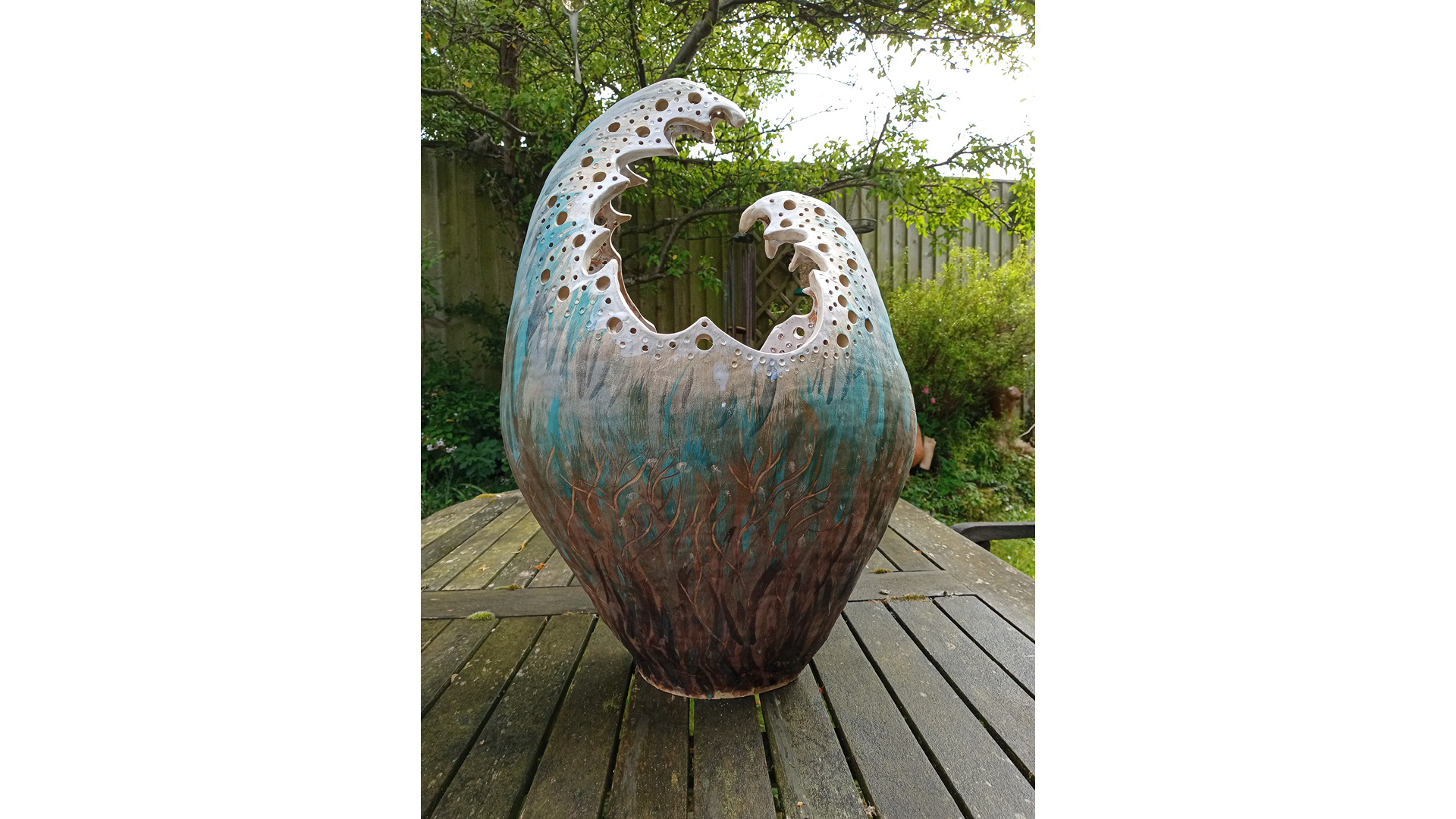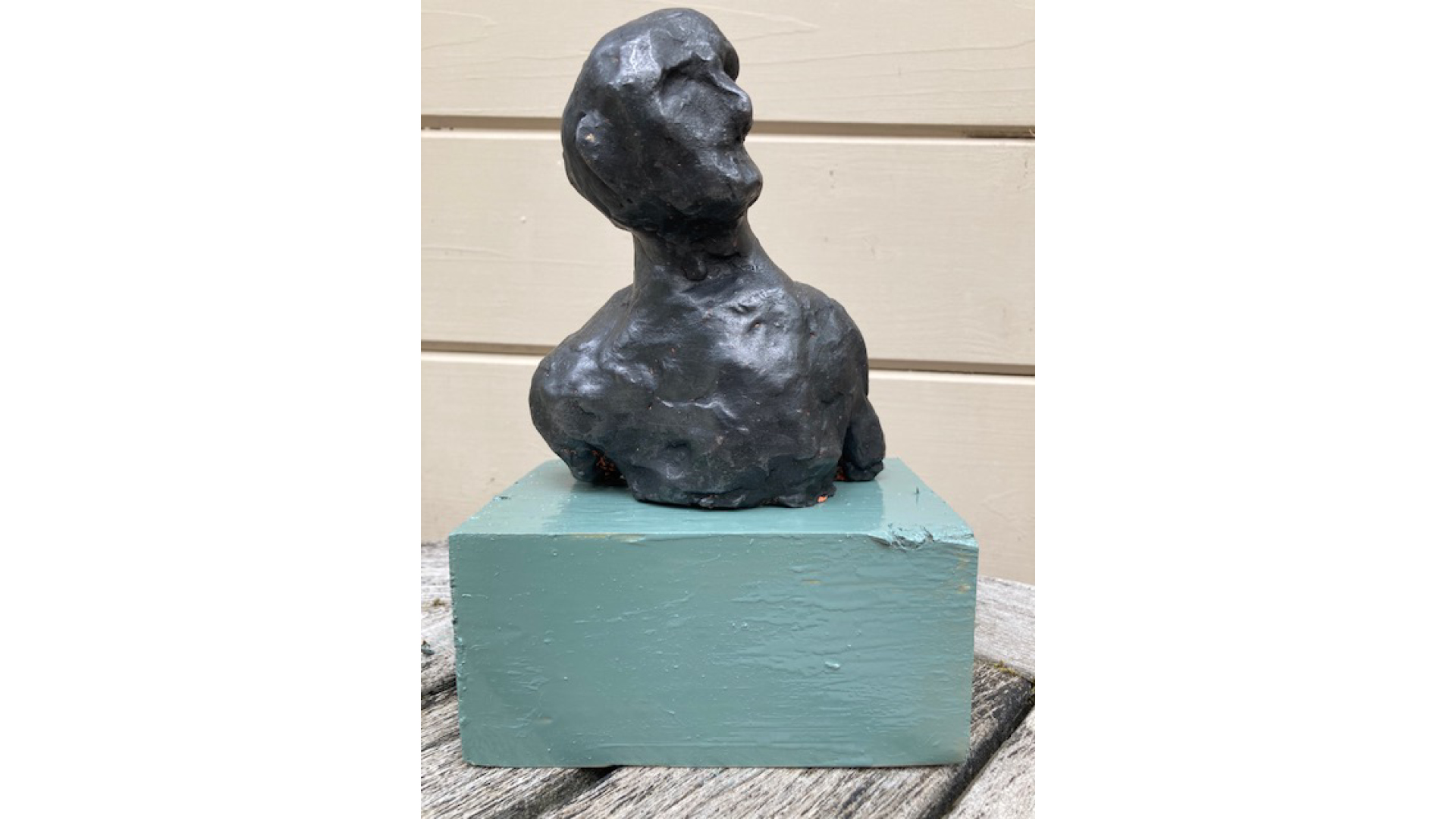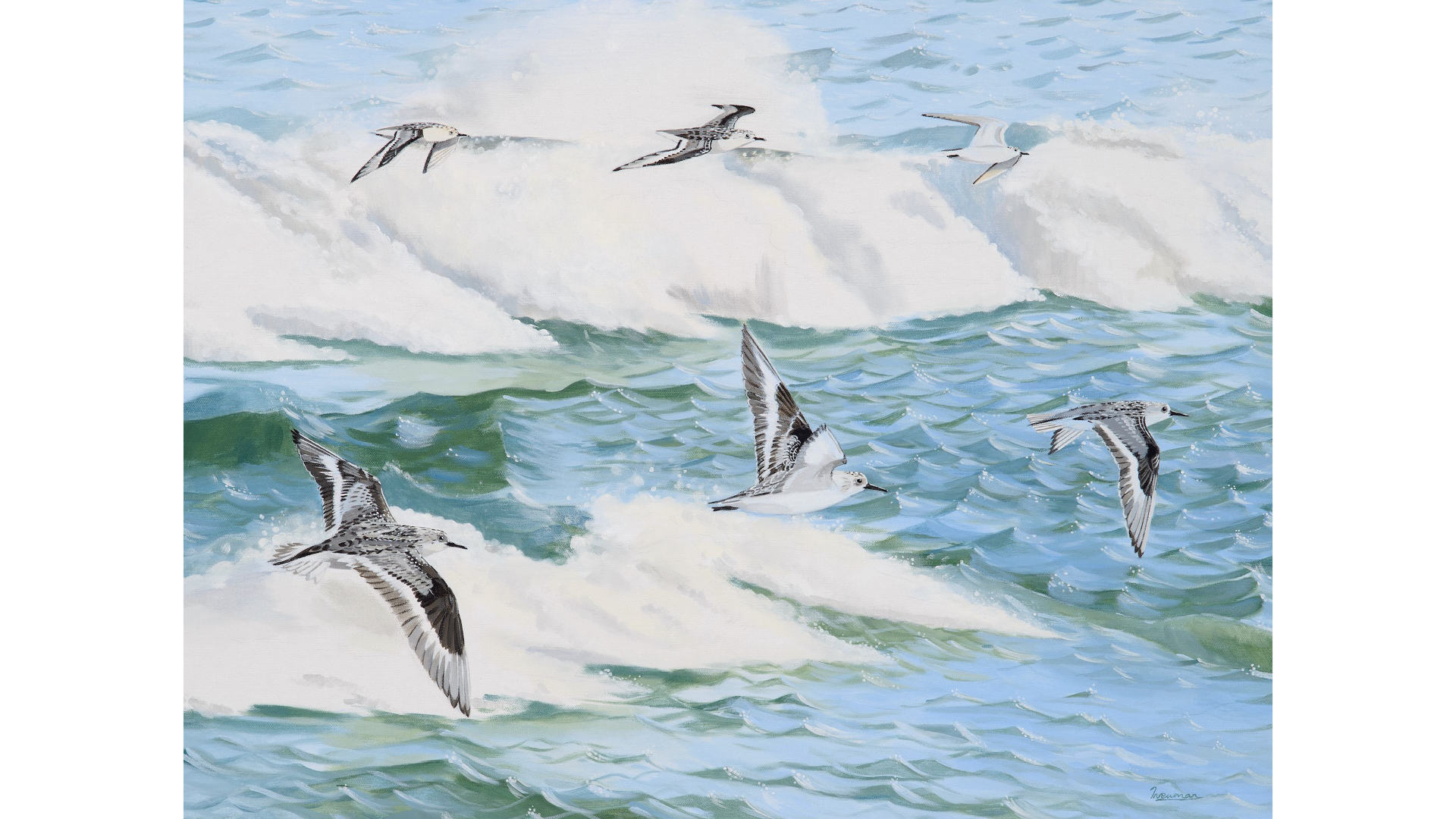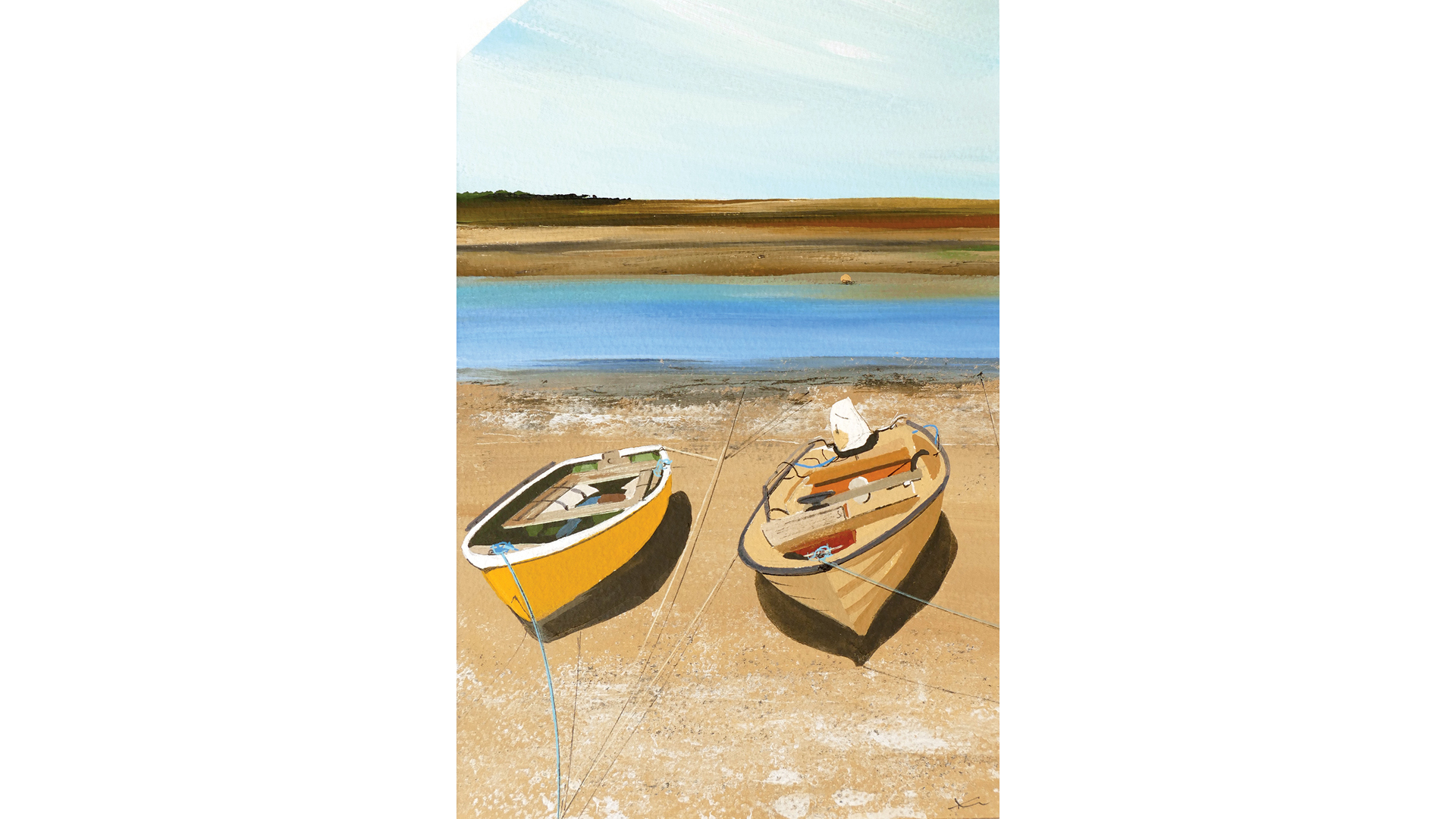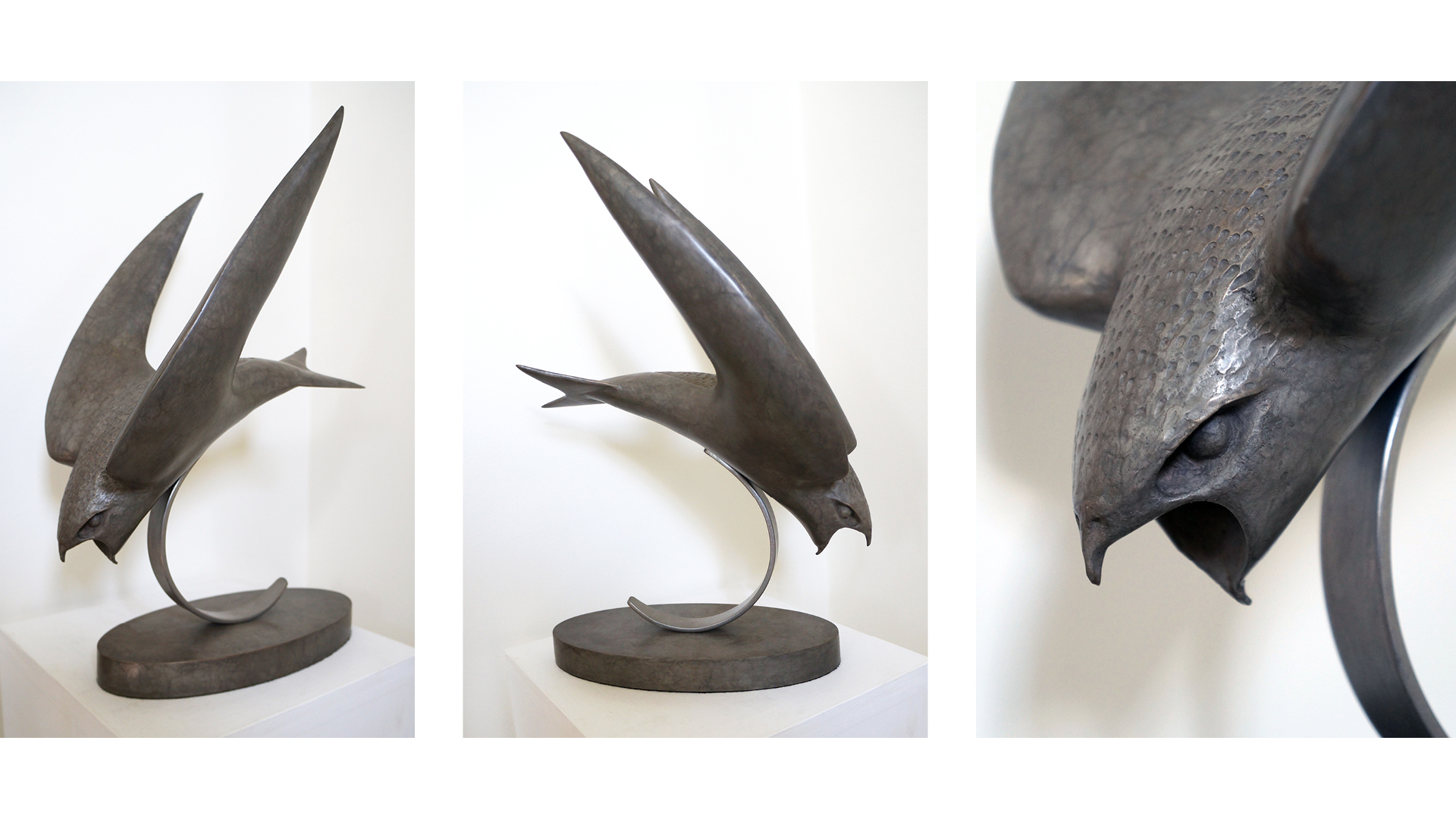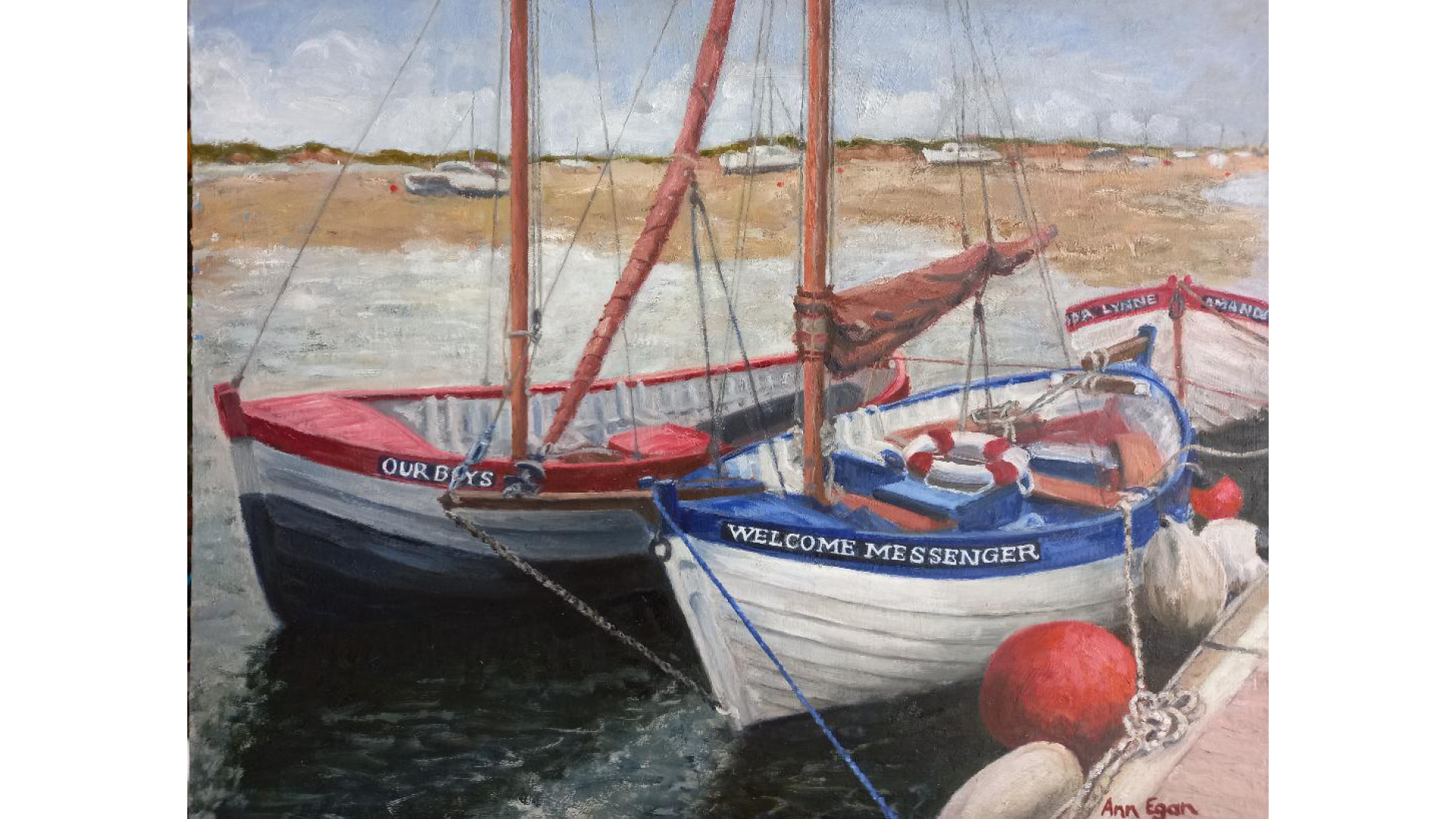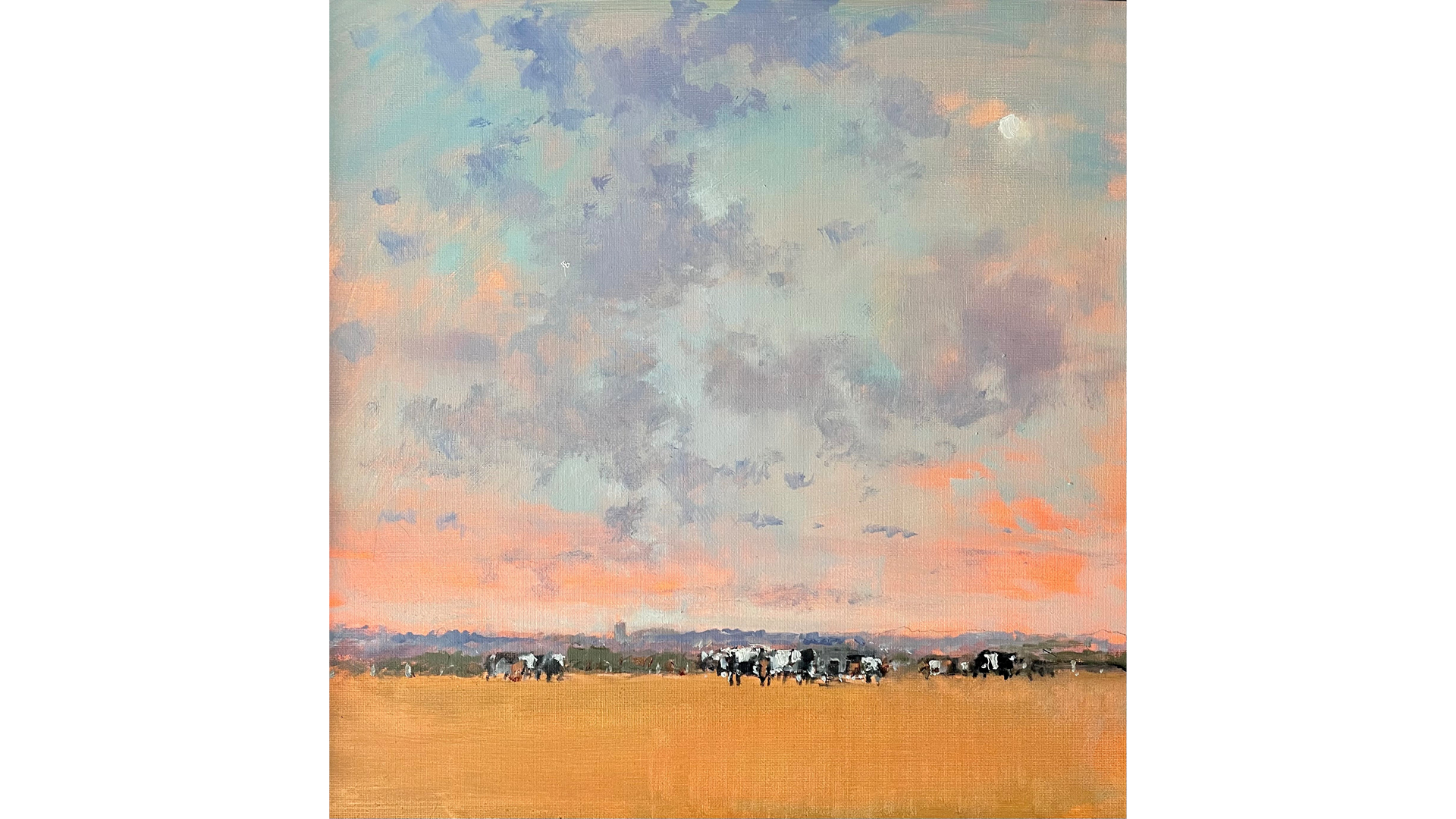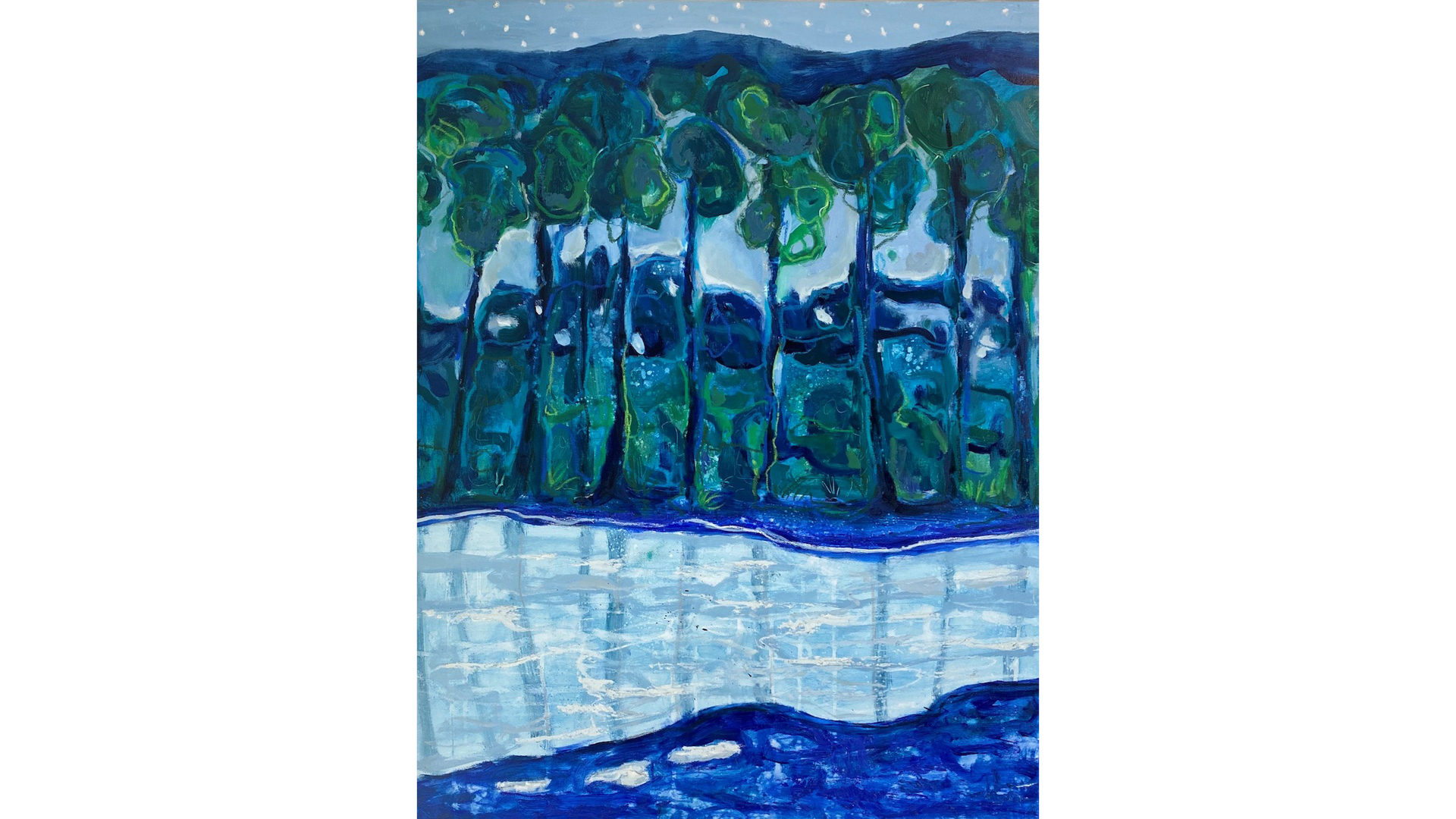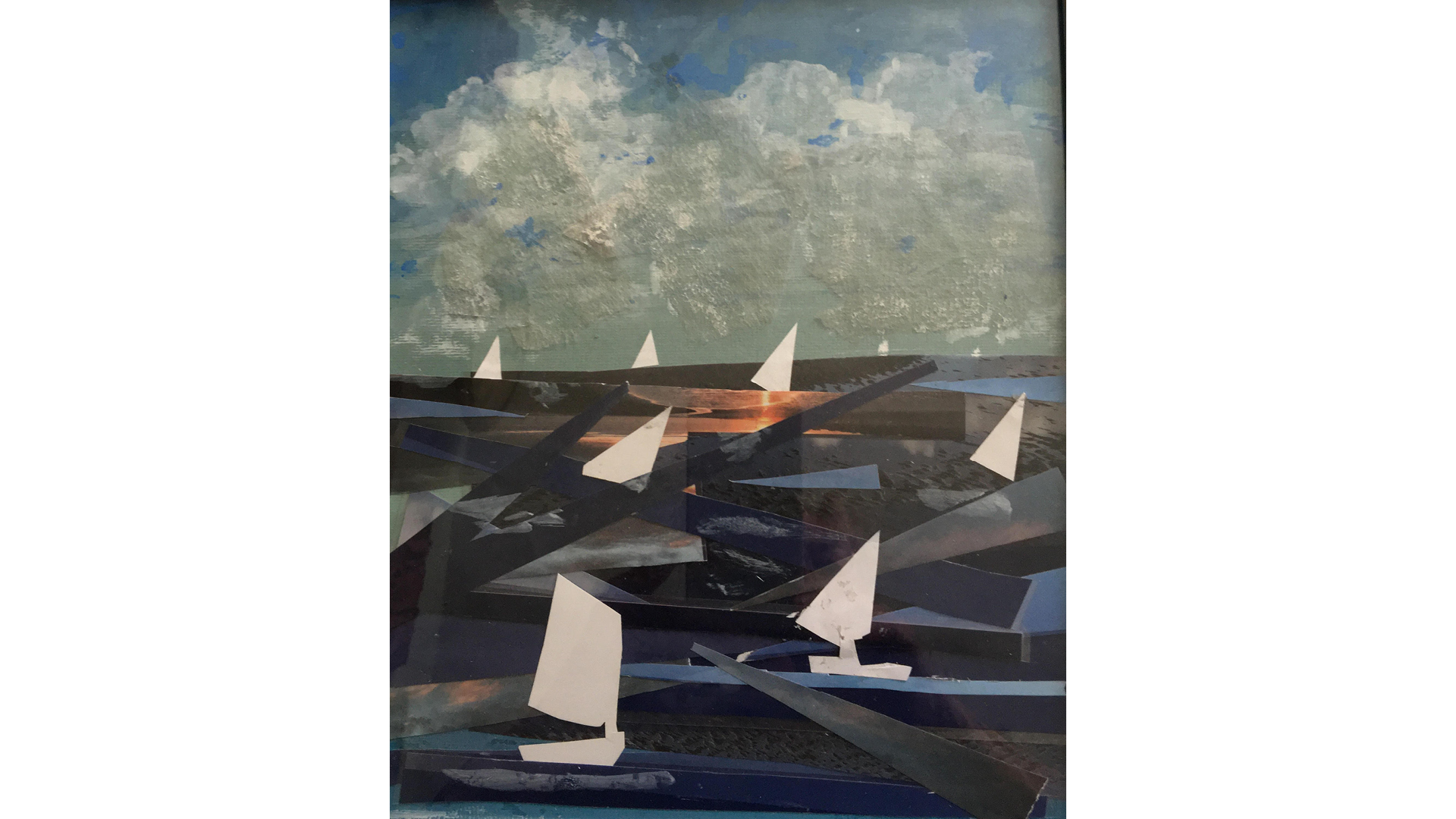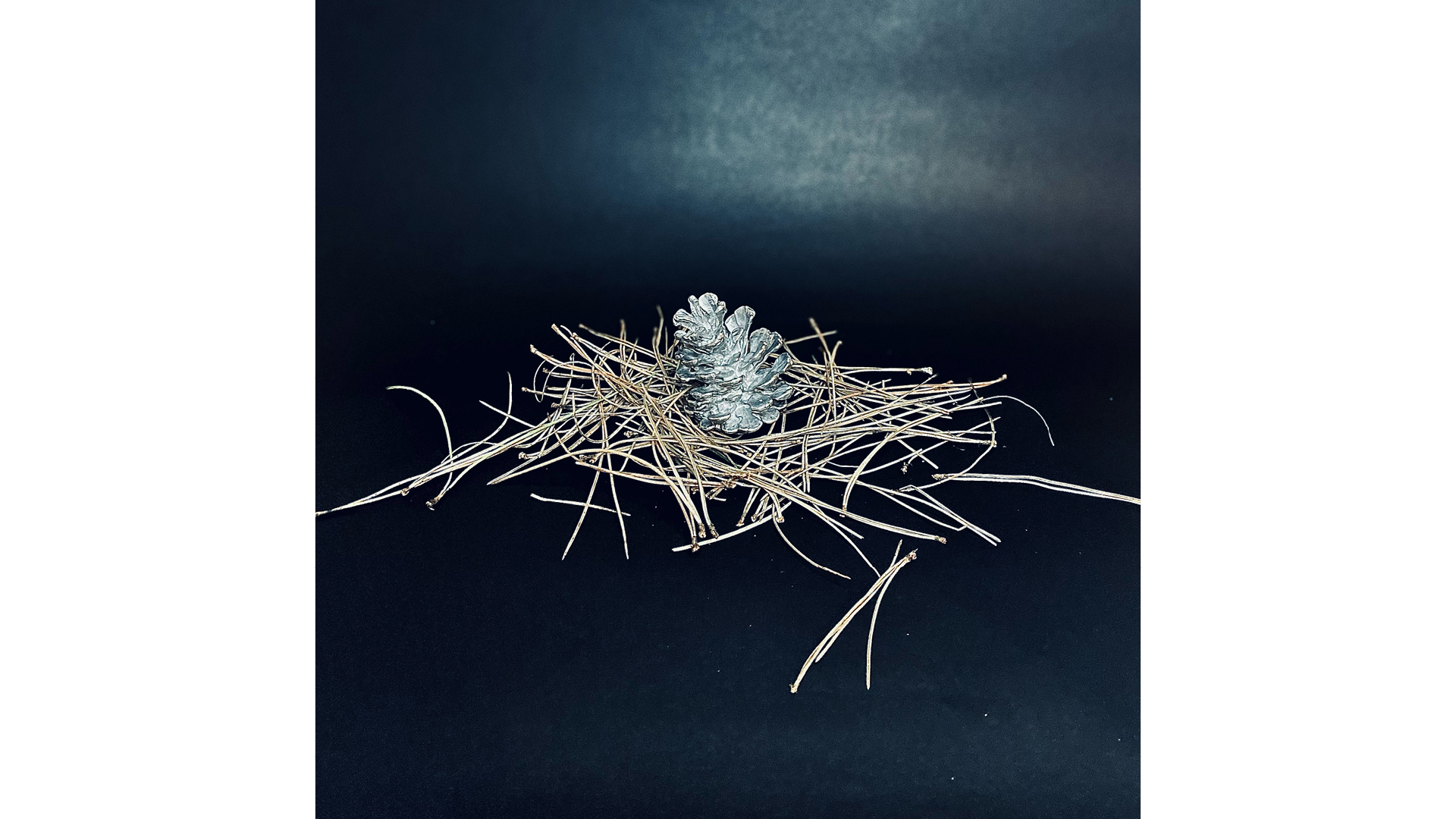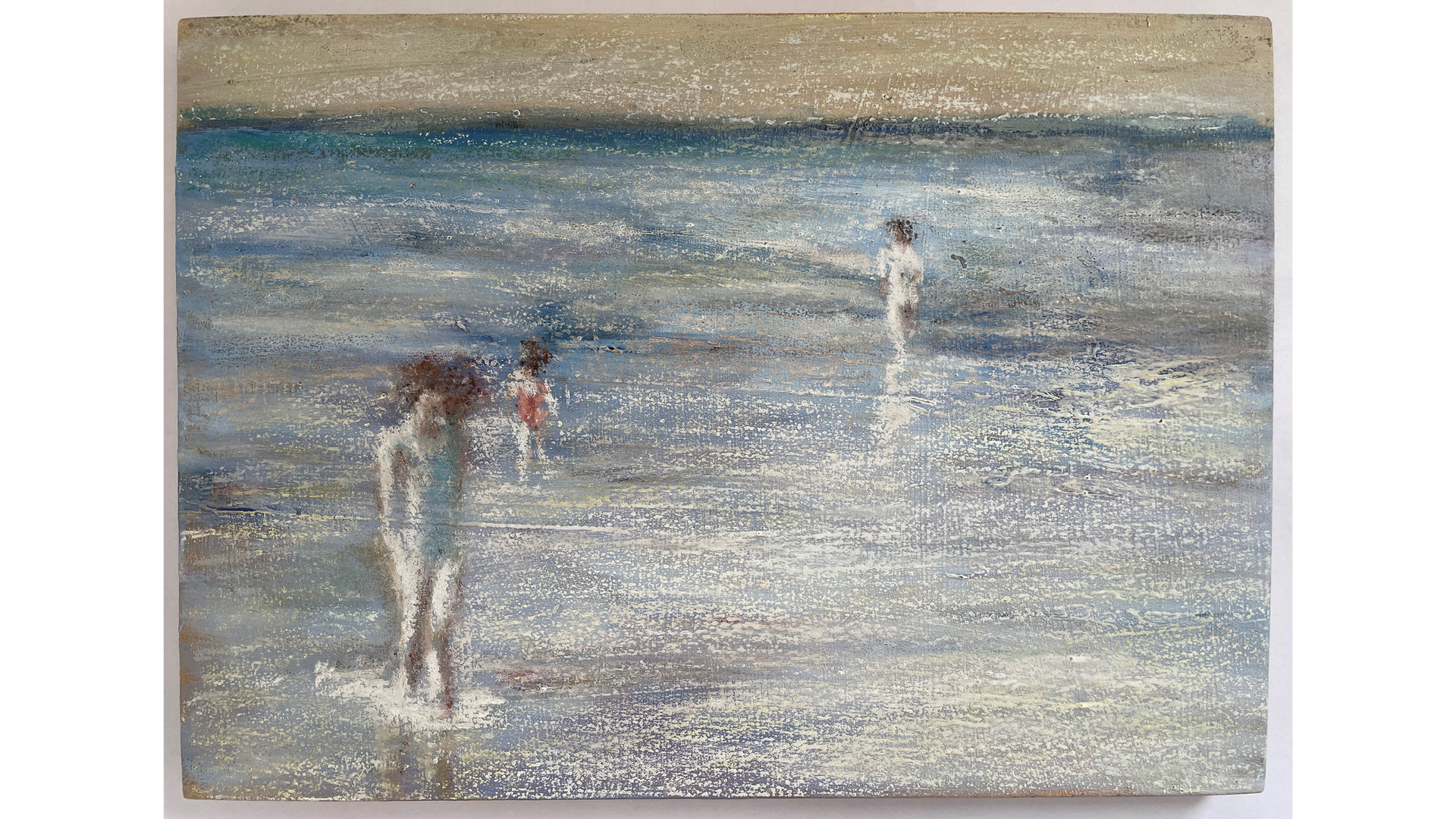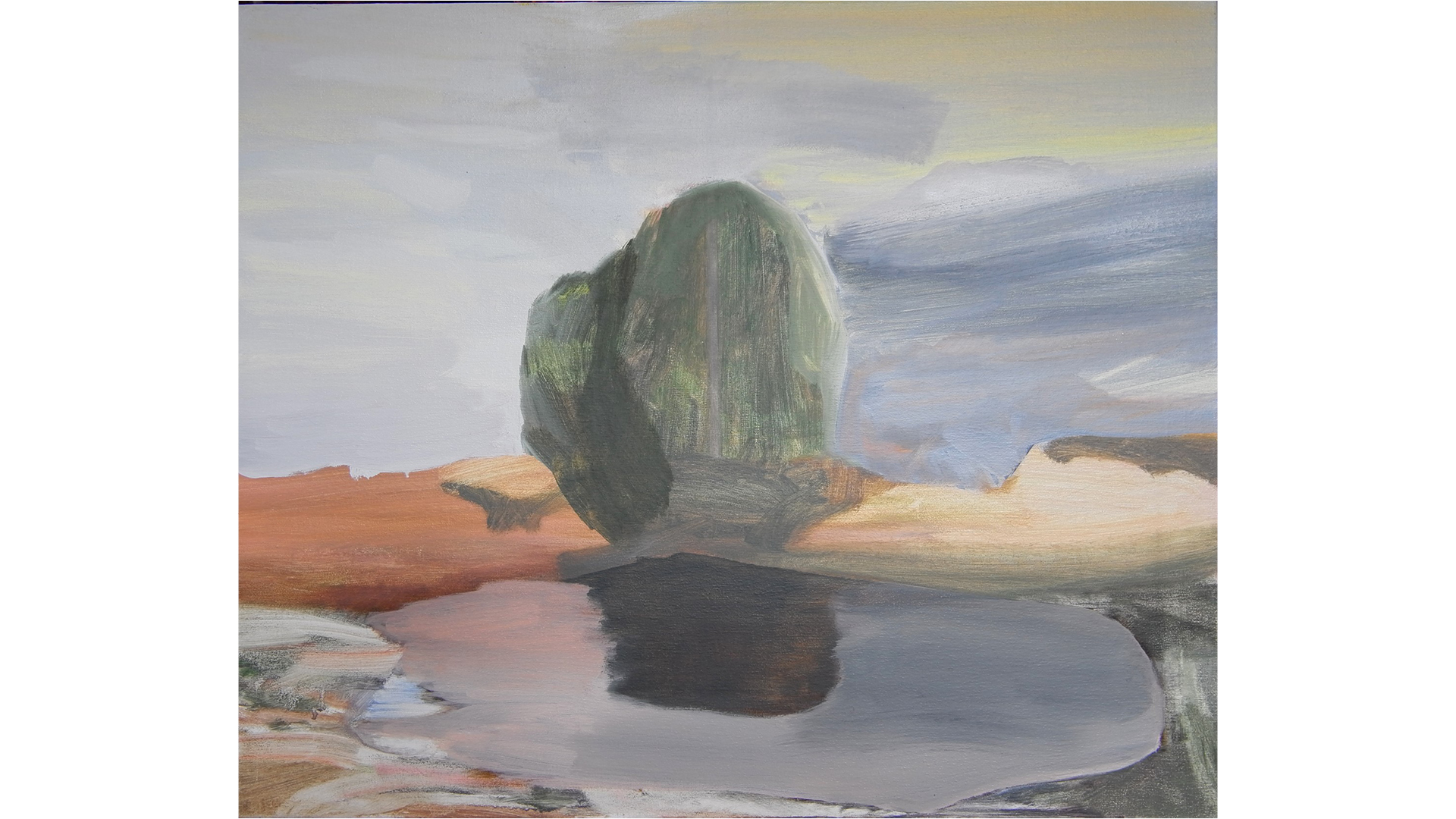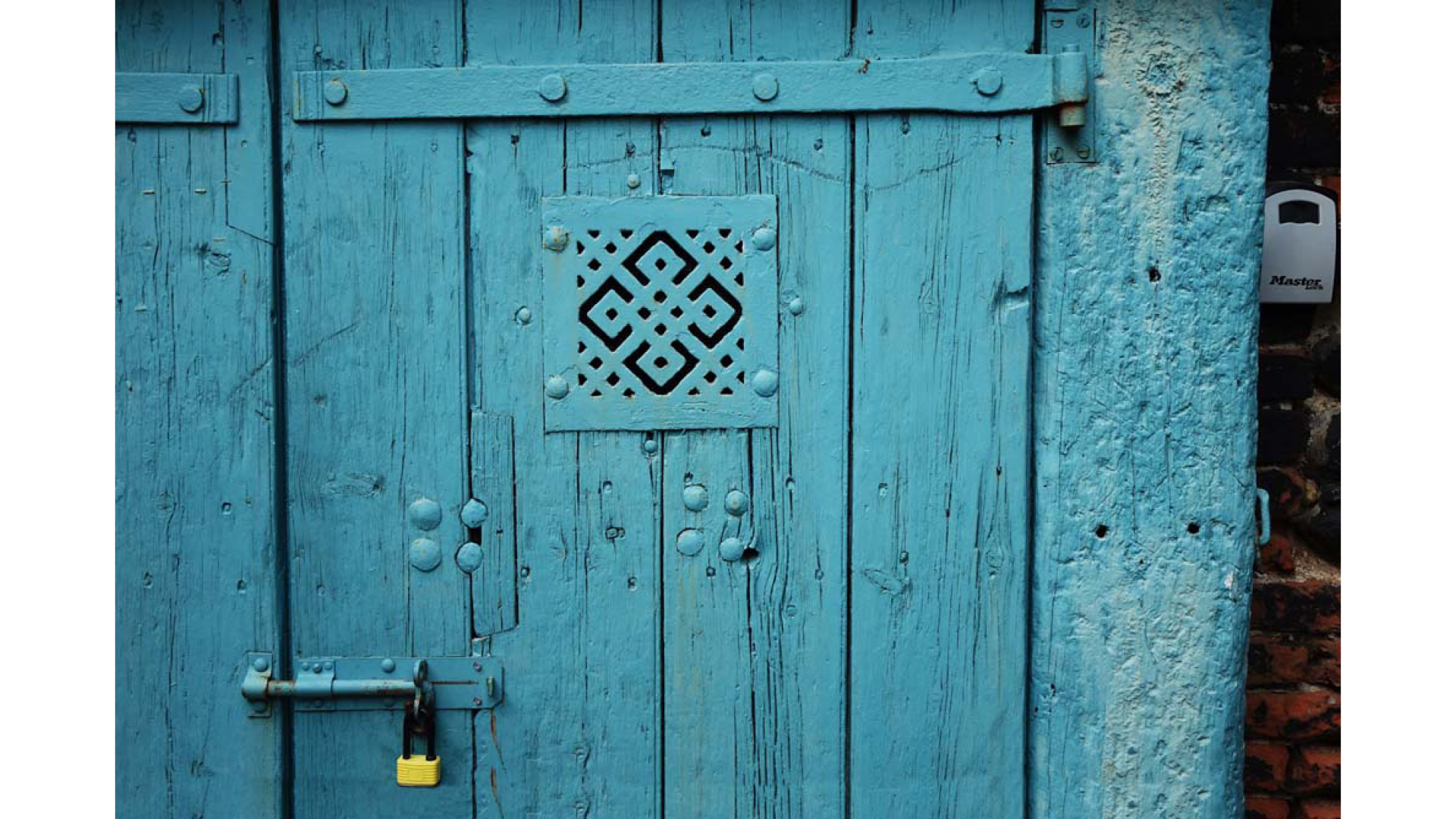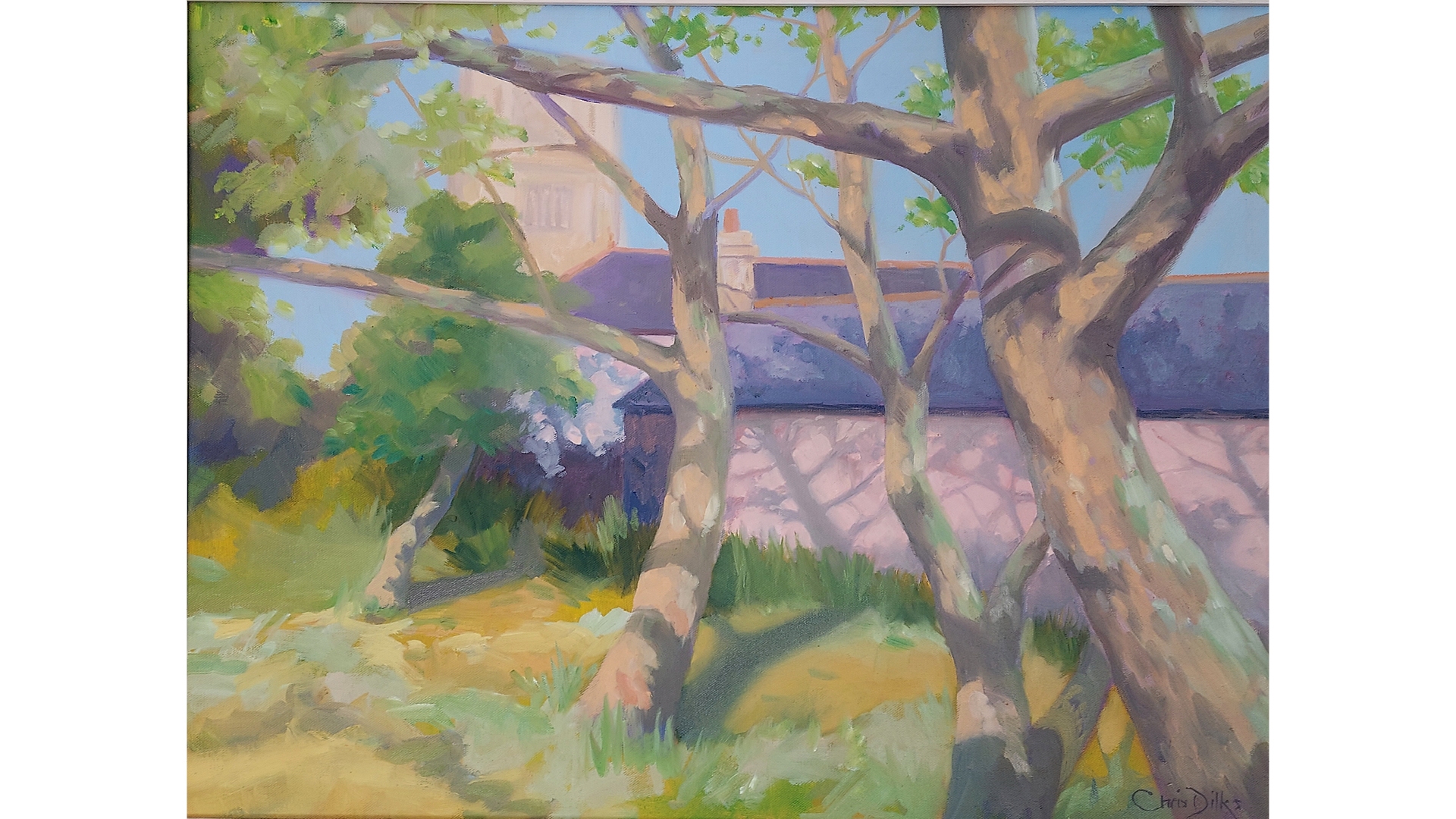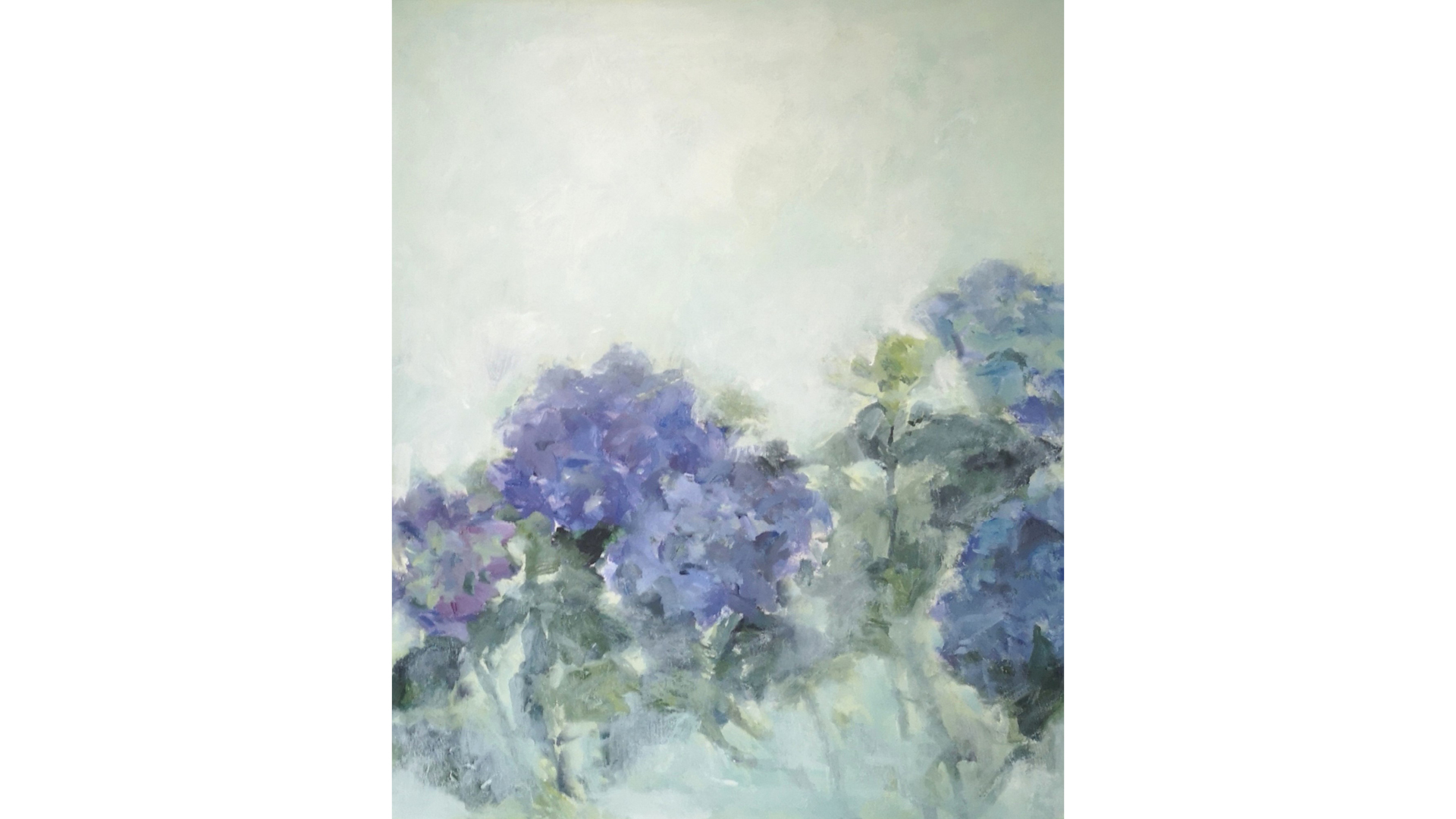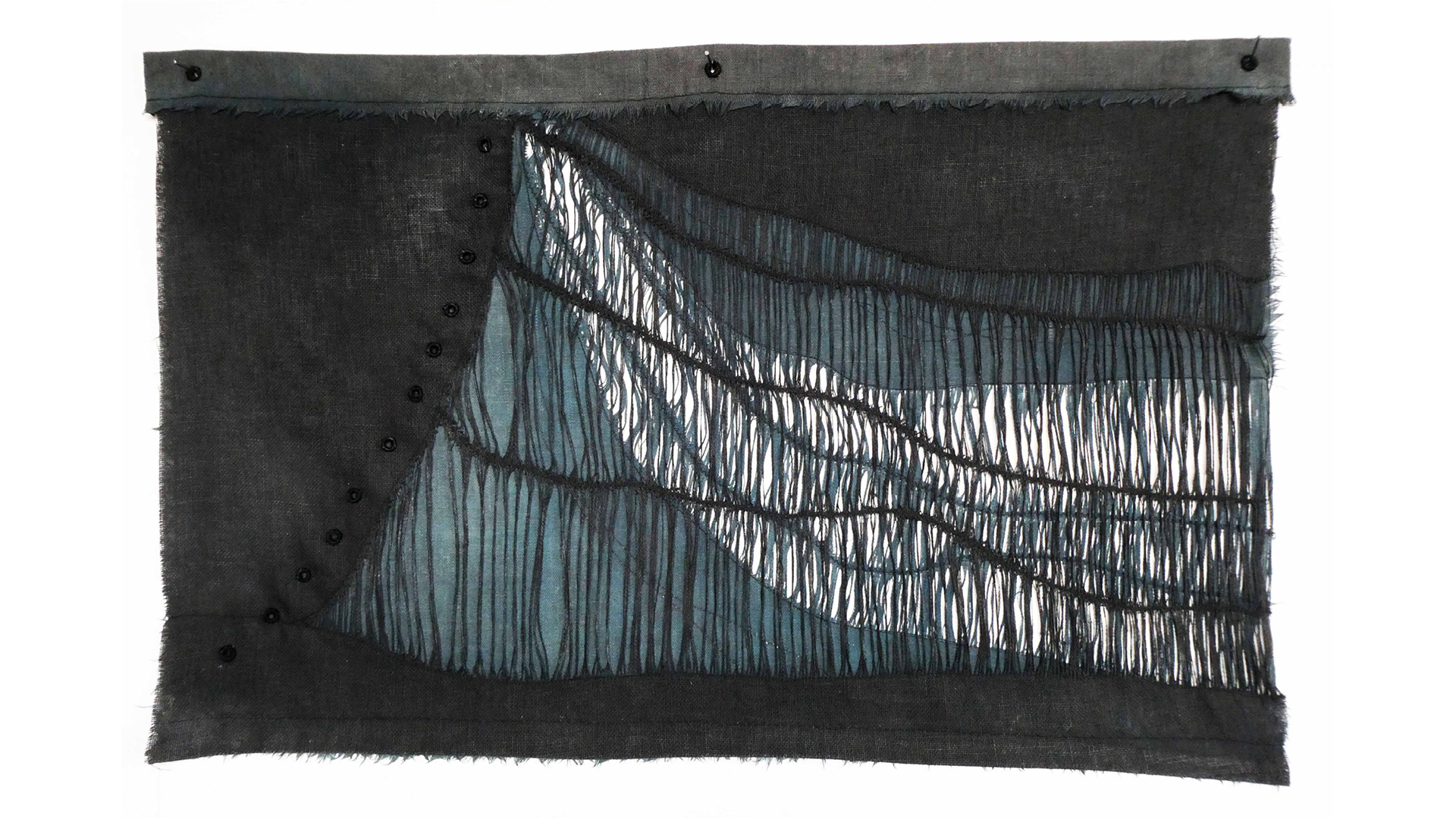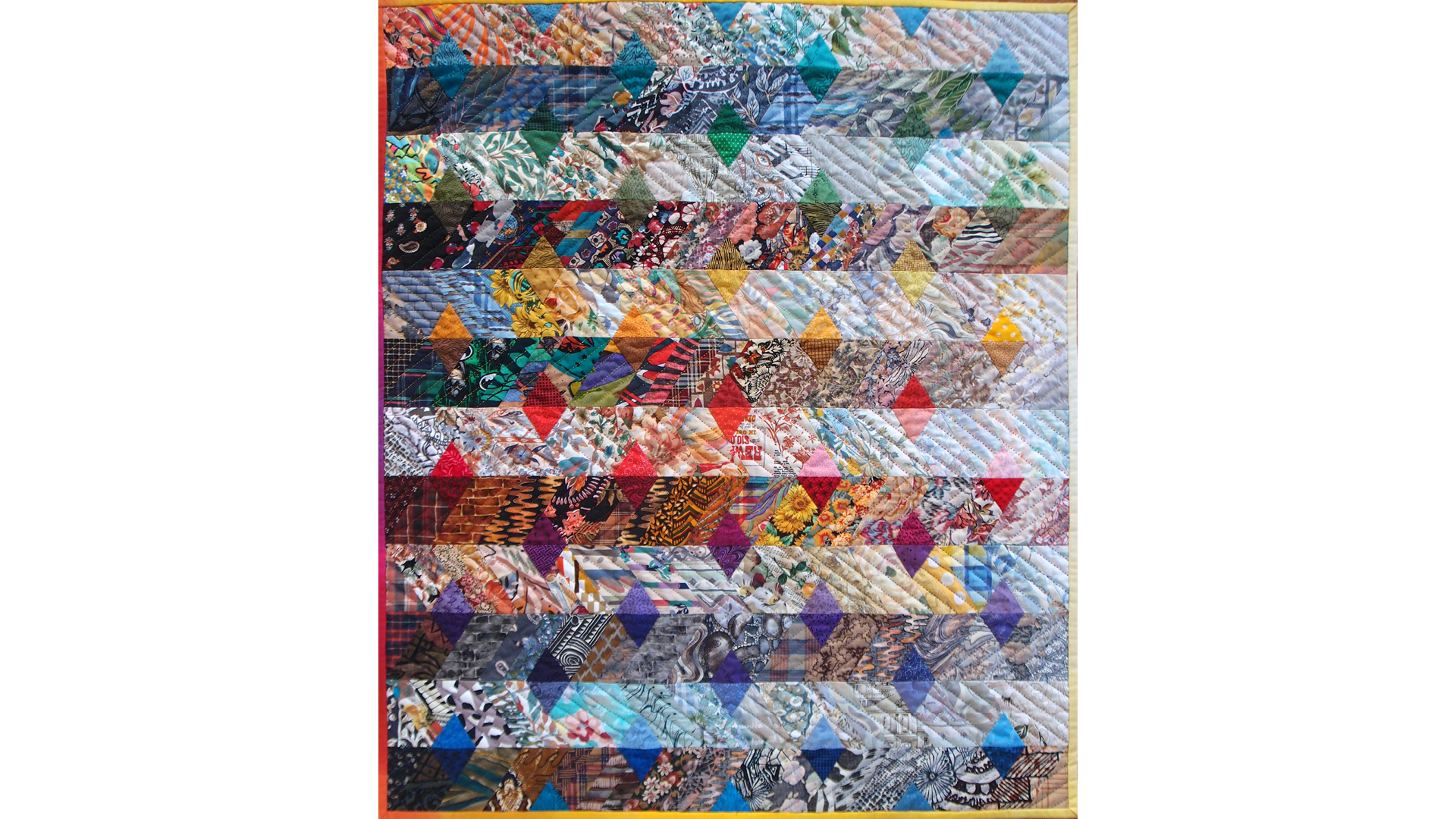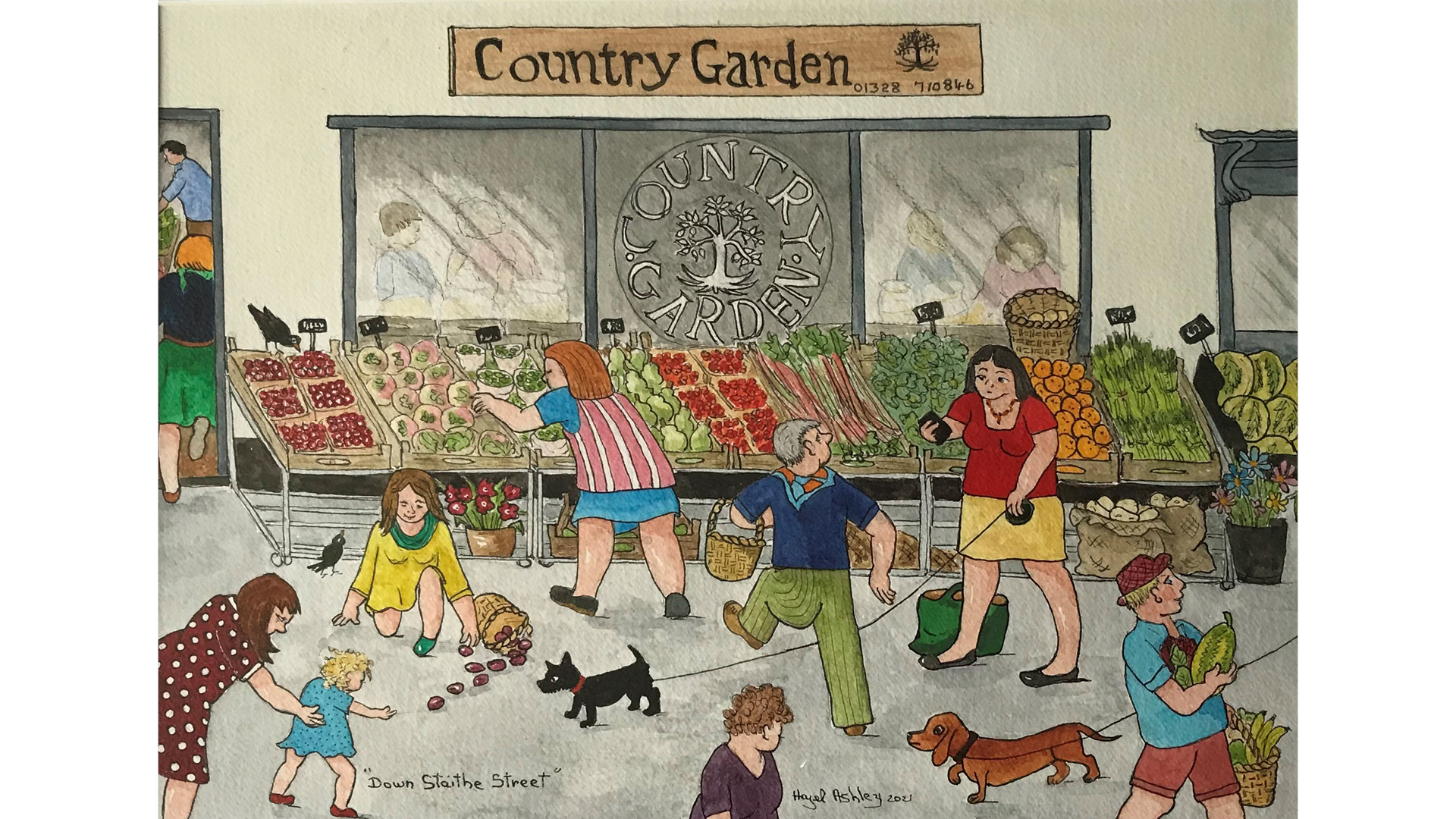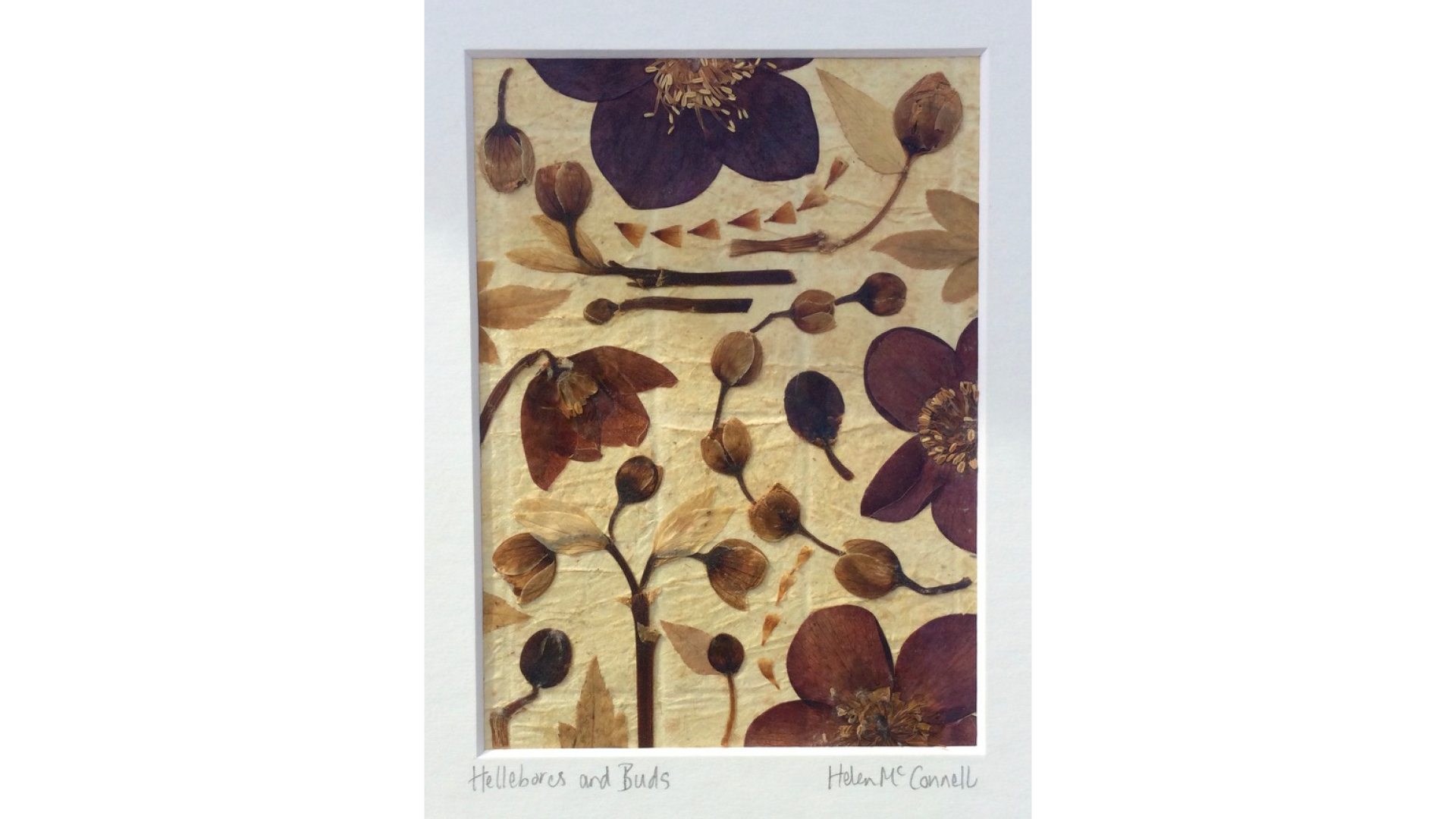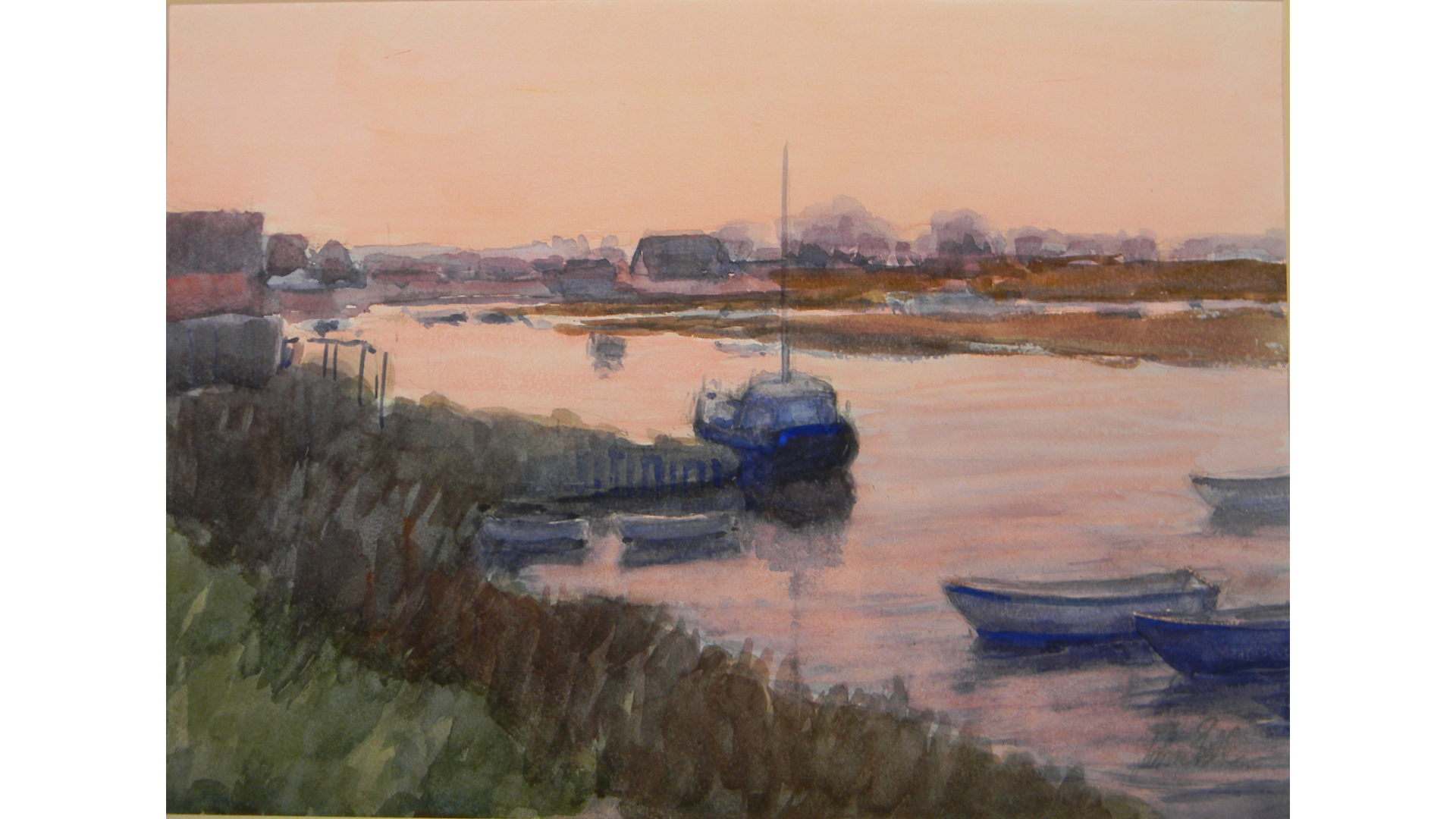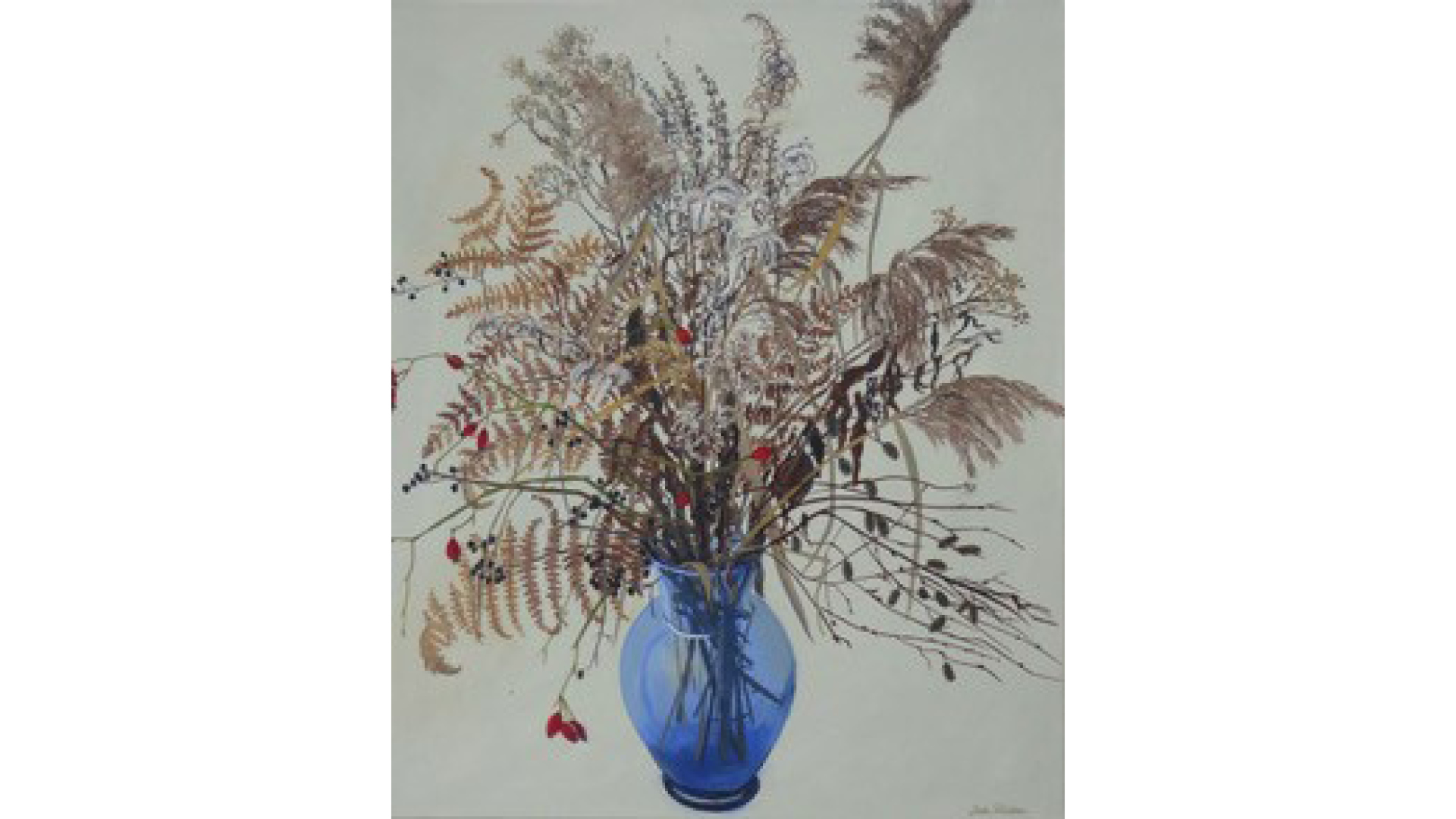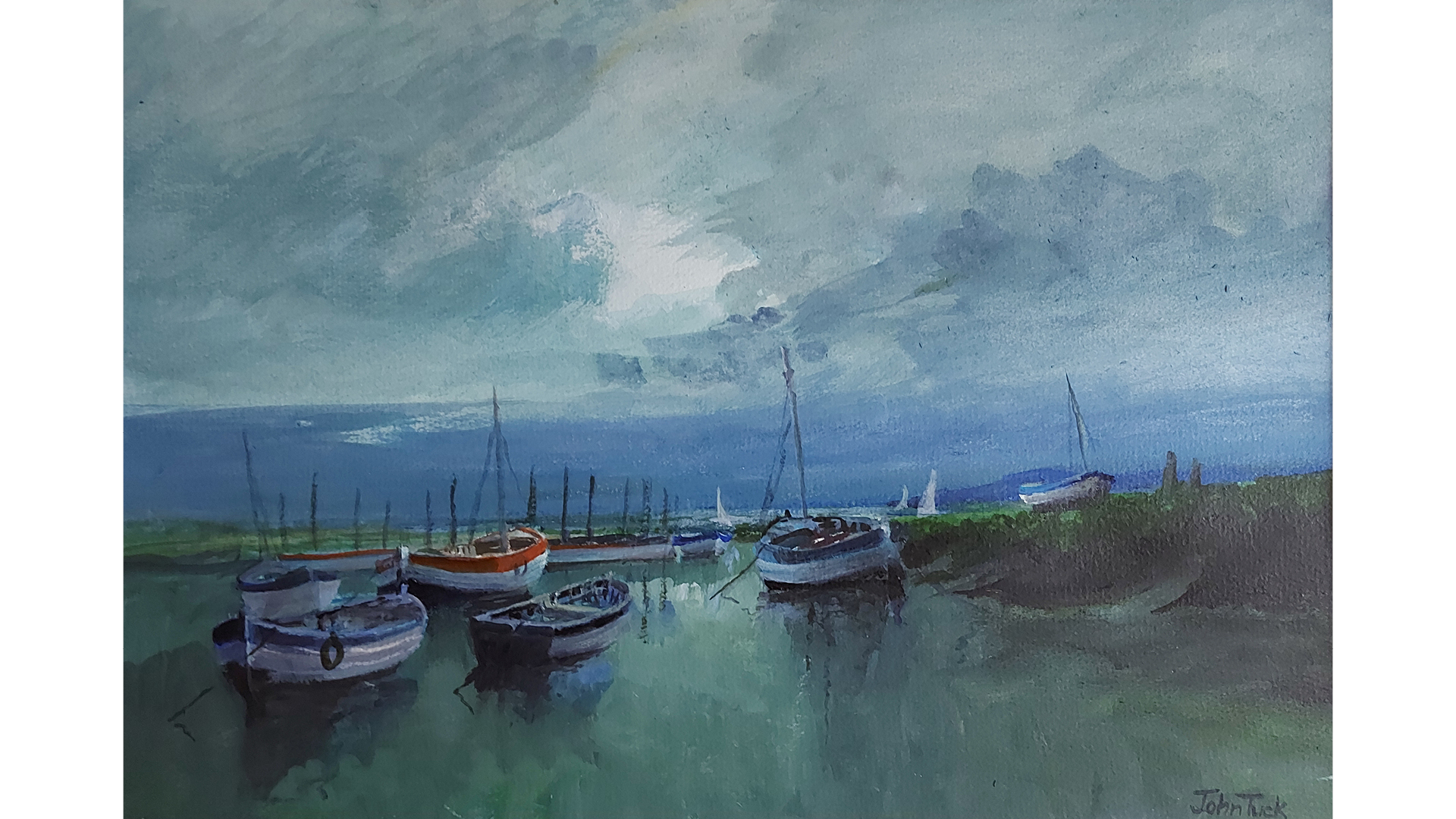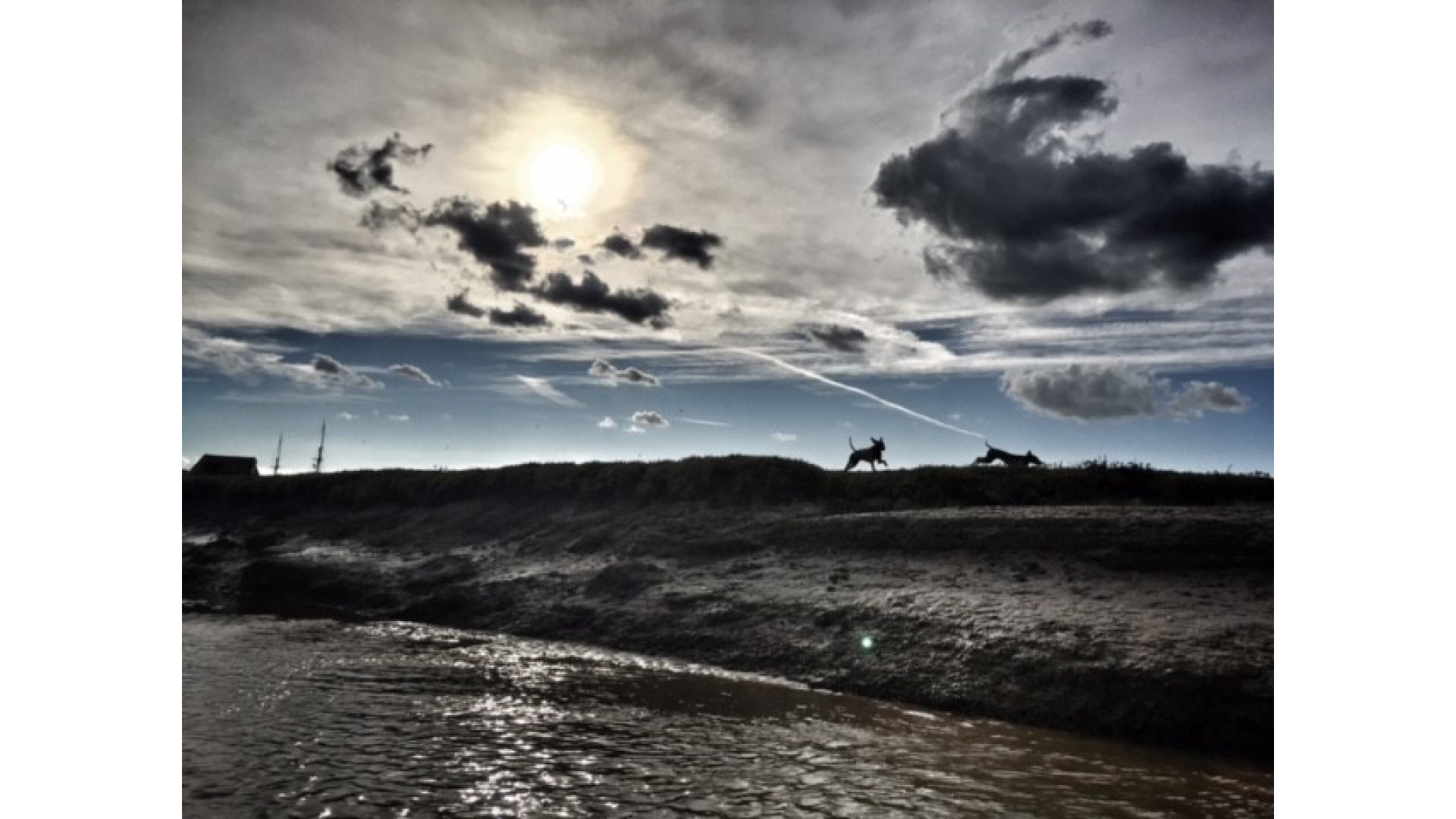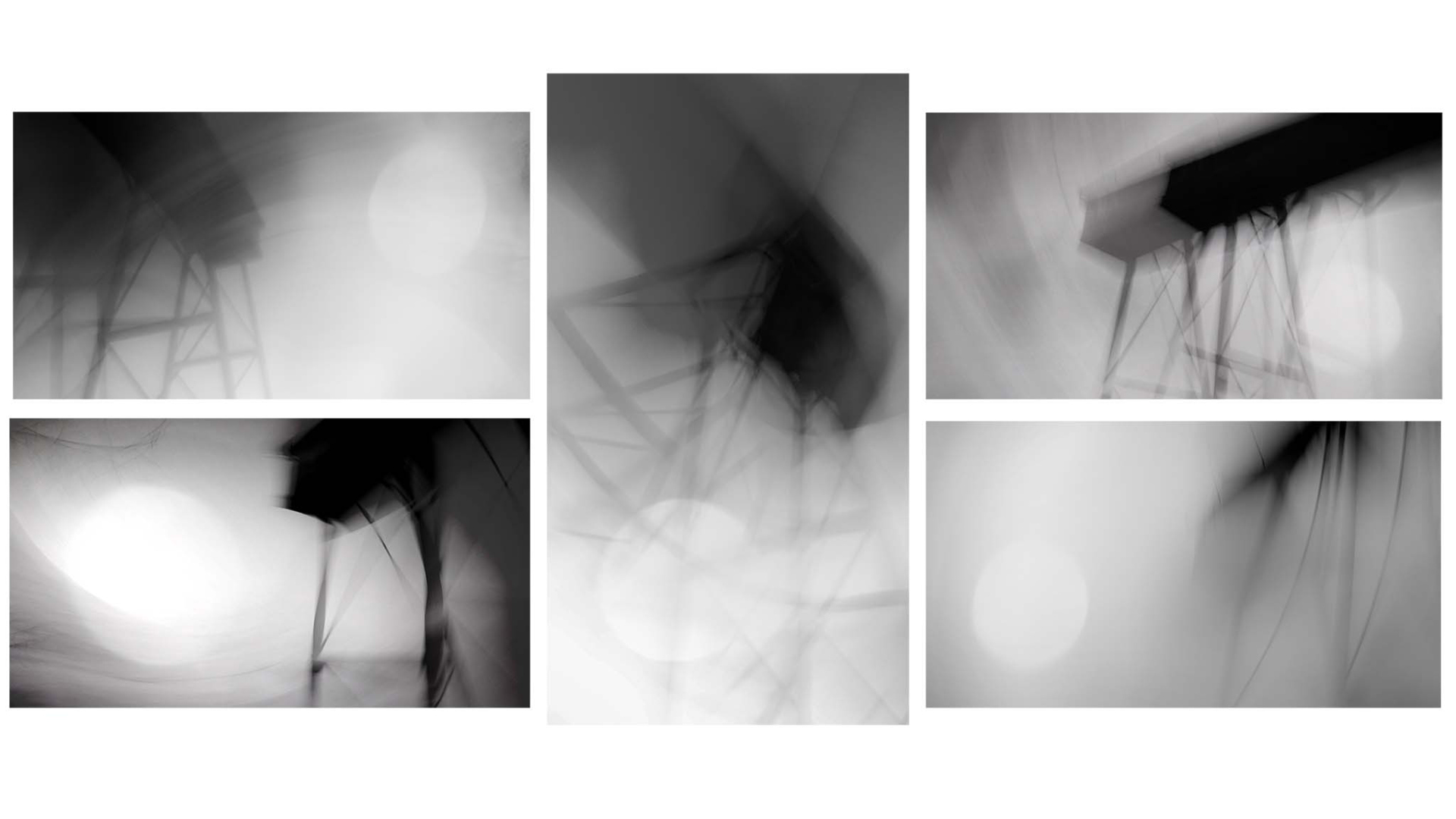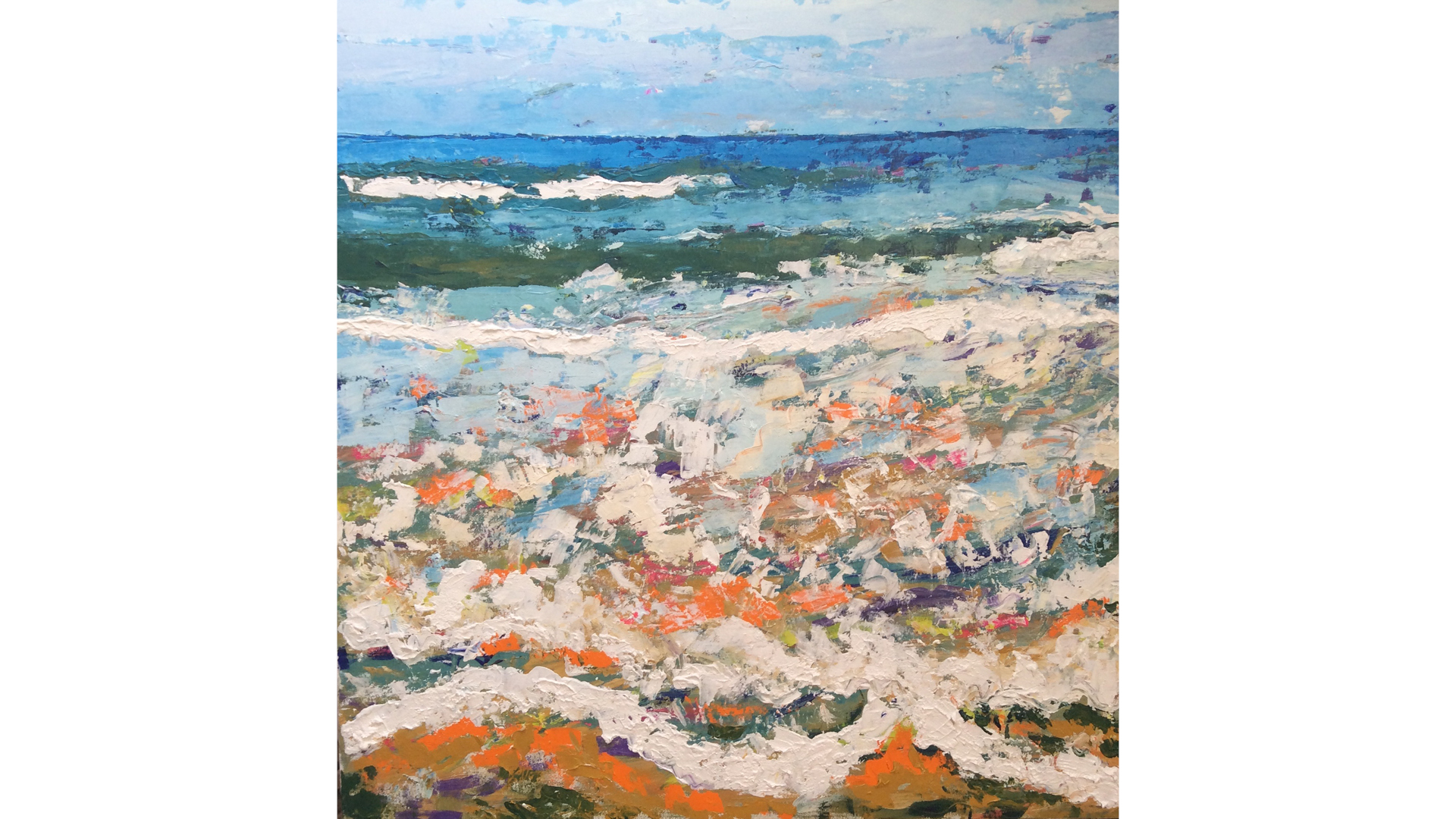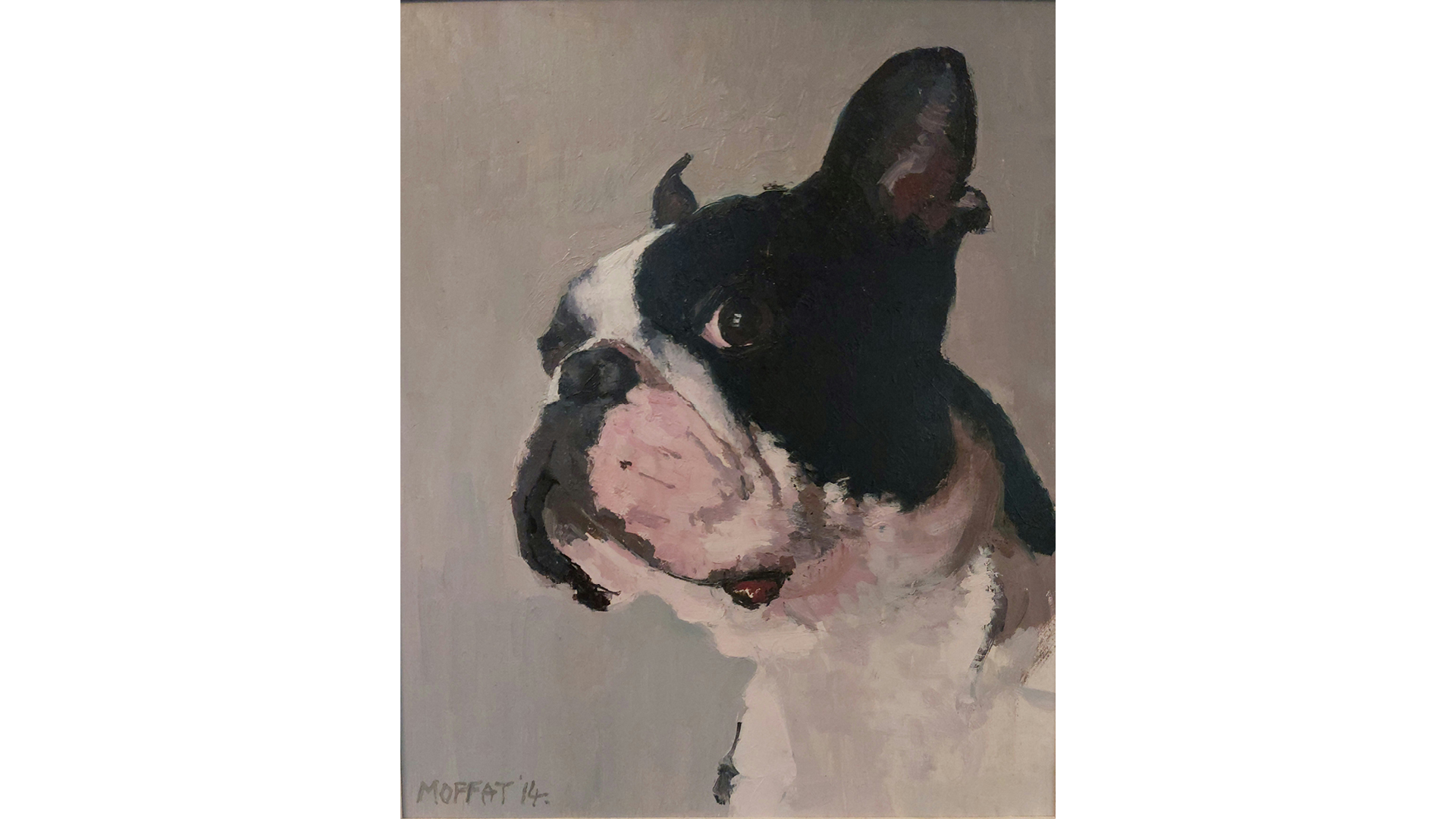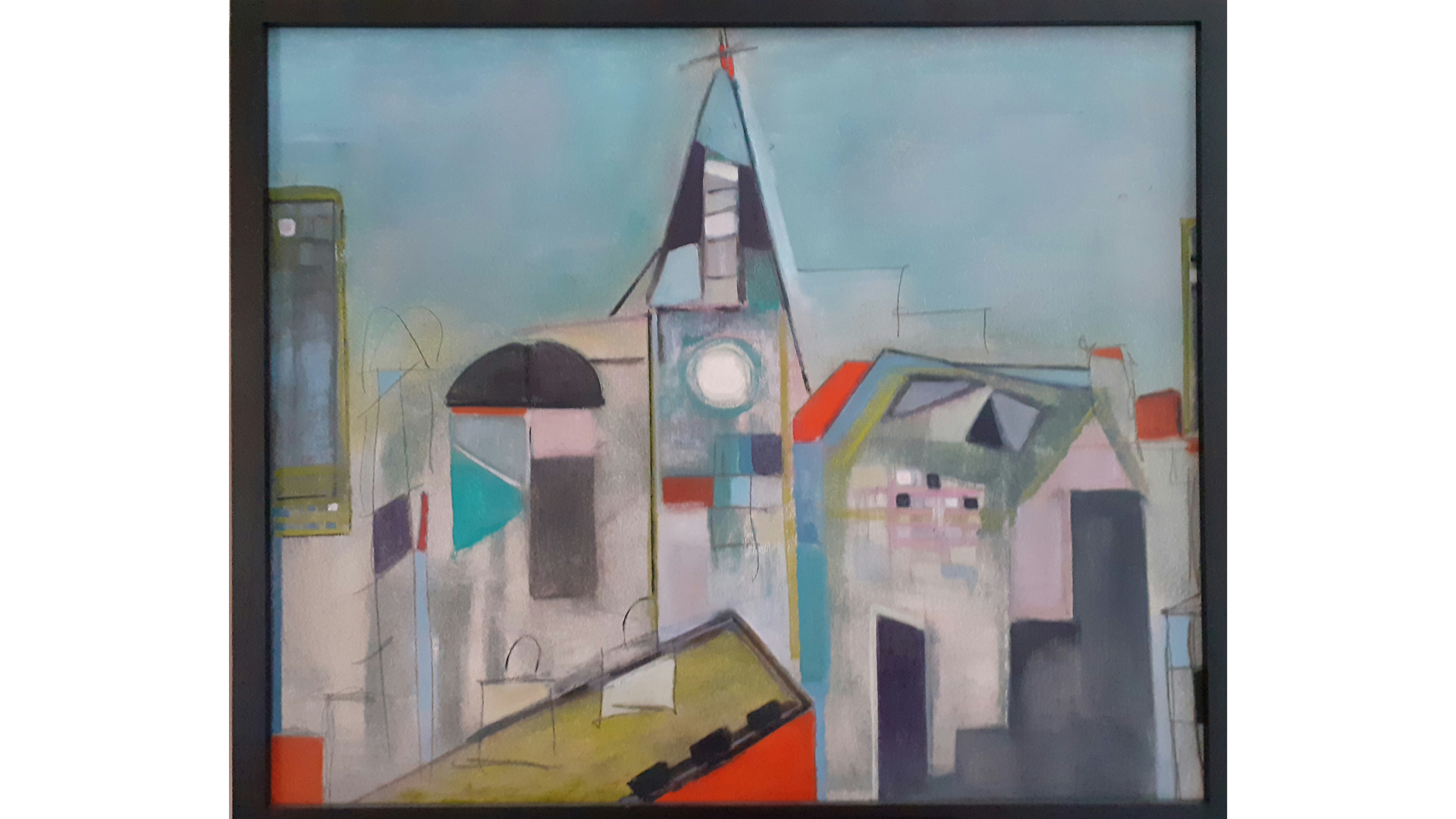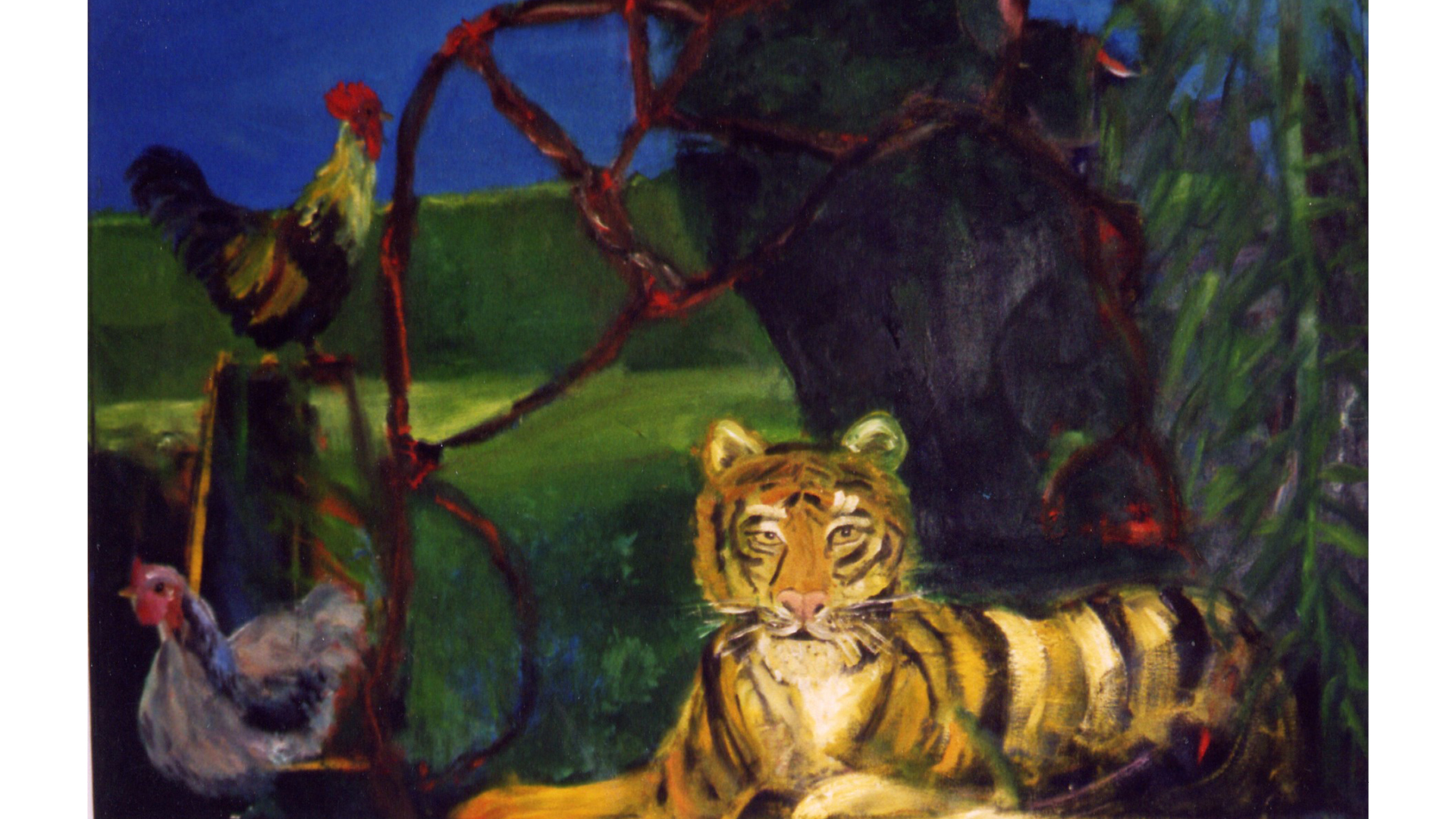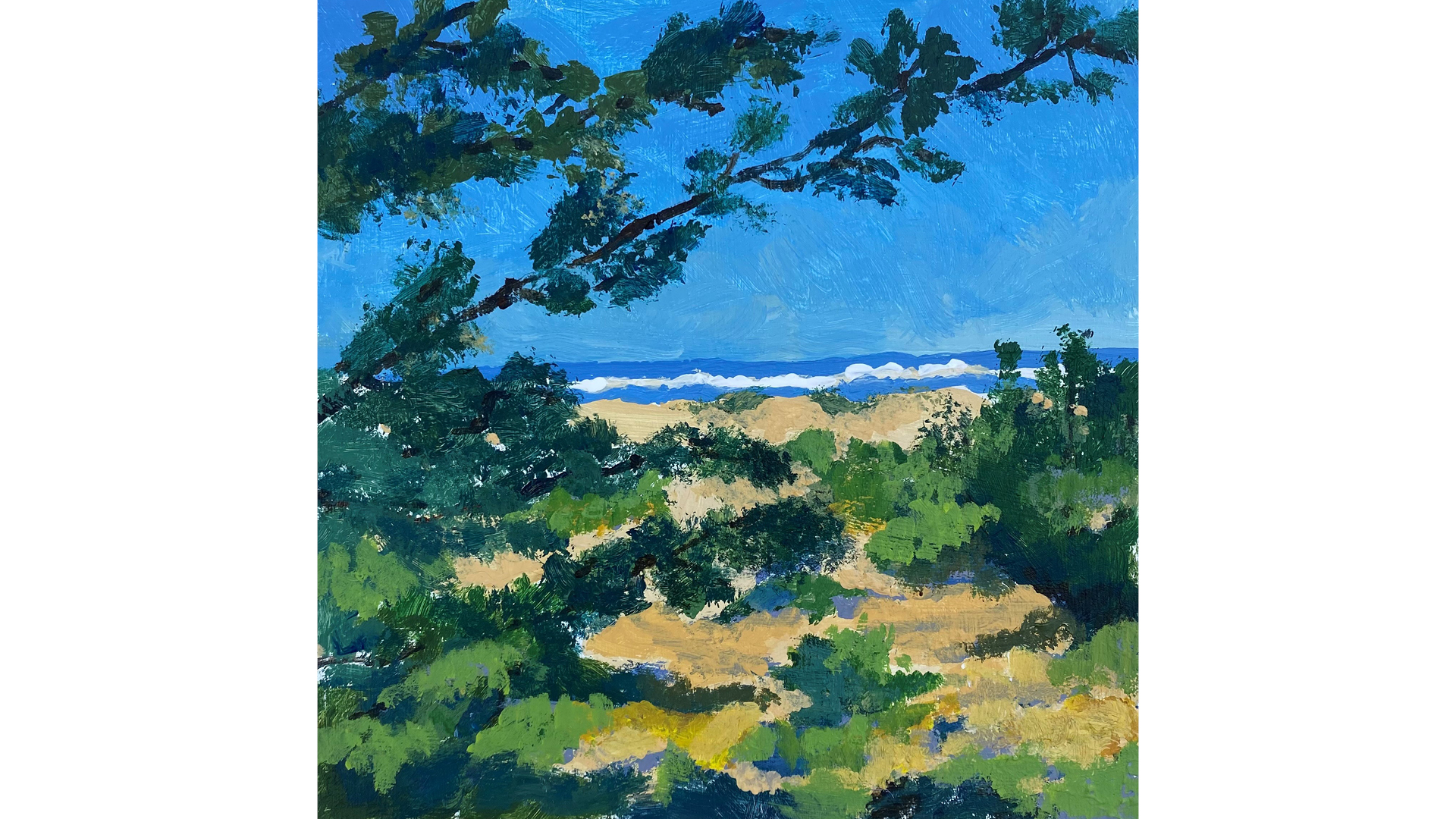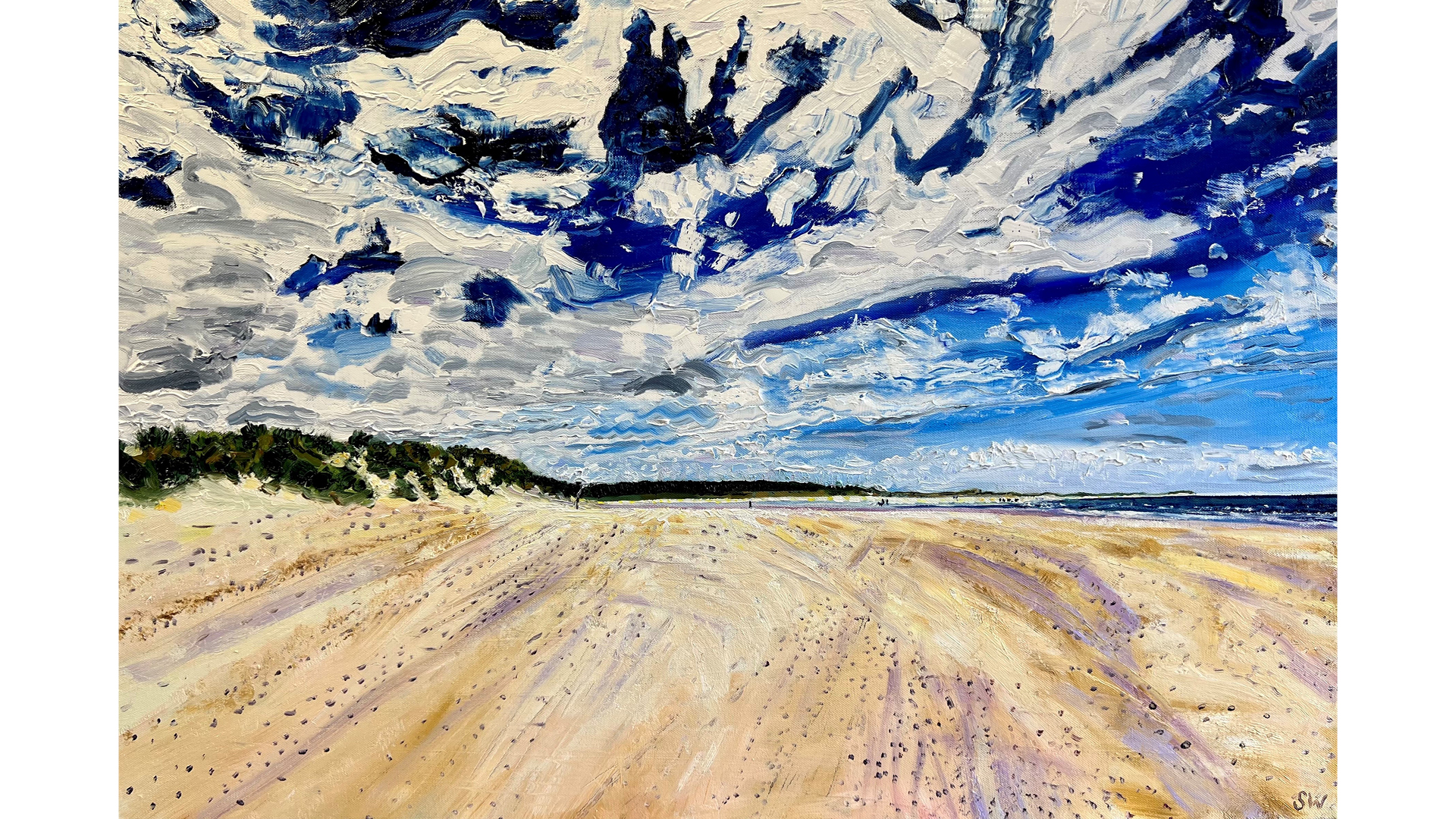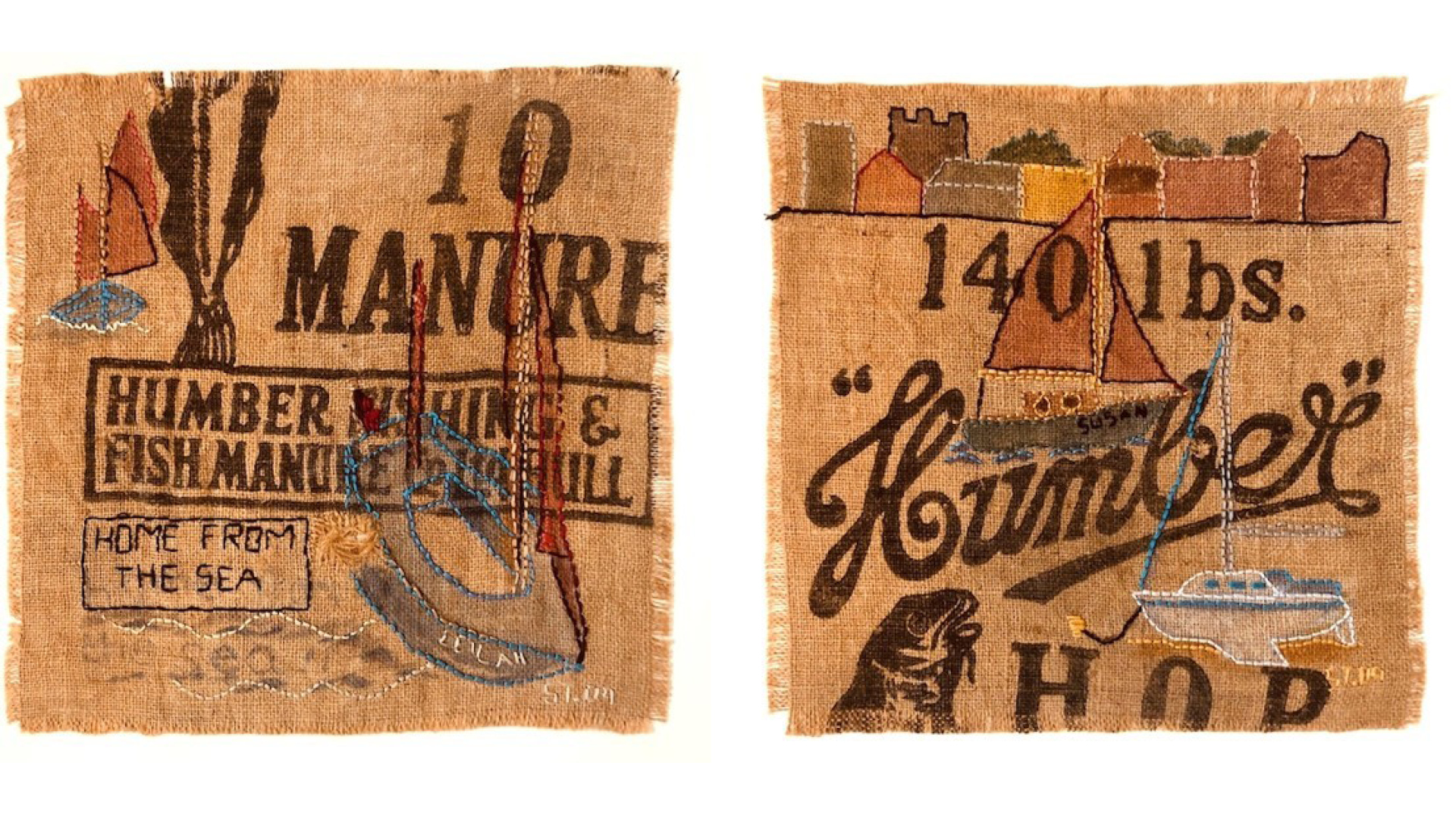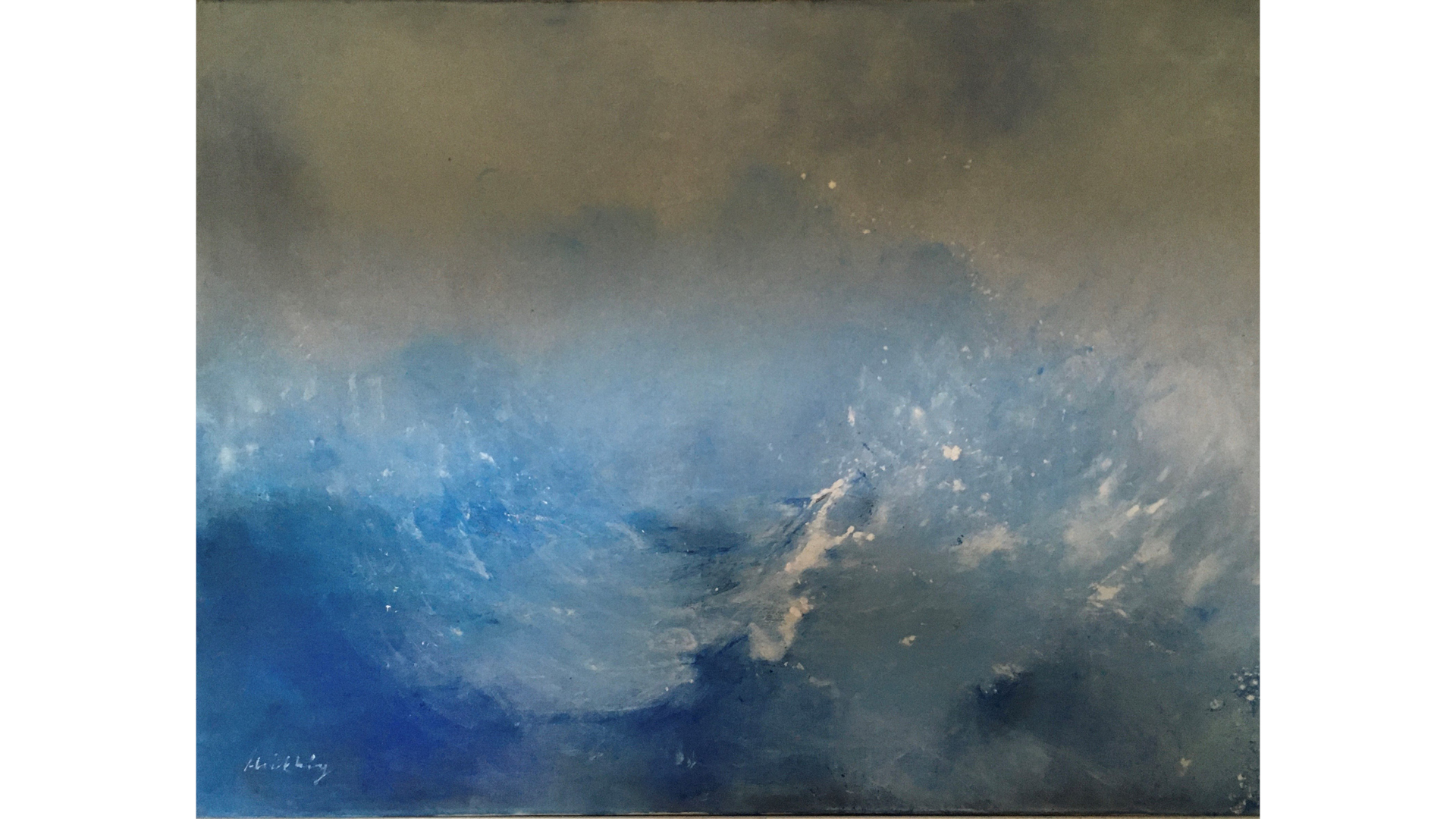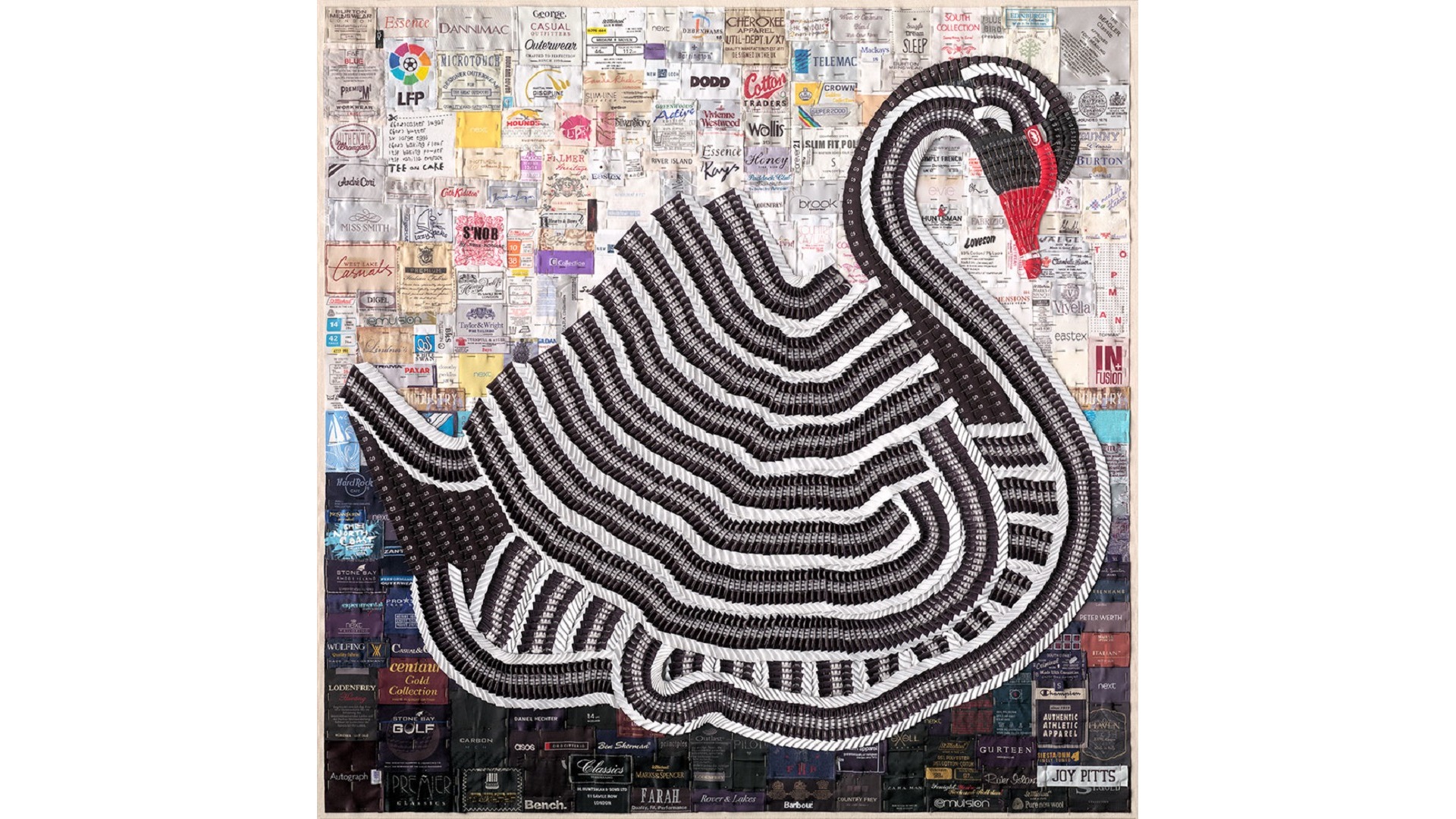The Wells next the Sea community is rich with artists and makers. Last year, Wells Maltings led an initiative that opened our Handa Gallery to any artists living and working within the NR23 postcode area, and we were overwhelmed by the response. The resultant exhibition in June and July this year featured over 40 local artists and was universally declared a great success. Above all, it signalled how we as a creative organisation can work to give support to artists at all levels and stages of their careers, and the richness and diversity artists can offer to a place like Wells Maltings.
Although the exhibition ended, it was clearly not the end of the NR23 network. Since then, the group has met regularly, and has discussed ways with us to embed this exciting development and take it forward.
A second NR23 exhibition is planned for September 2023; during North Norfolk Open Studios week in May 2023, we’ll be hosting seven NR23 artists in pop up studios within the flexible Handa Gallery space. And that’s just for starters.
We’ll be posting news and updates here, including information on other work and exhibitions across artists within the NR23 network.
If you are a practising artist or maker living or working in the Wells area, we’d love you to come aboard. Contact us at [email protected].
NR23 Artwork
Artists’ news
Joy Pitts
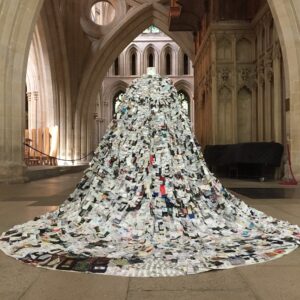
10,000 Used Labels
The 10,000 used labels represent our best clothes set aside for wearing to church on Sundays, the ceremonial garment revealing stories of image renewal and twenty first century consumption. The sculpture has been described as ‘an extravagant rescue of fashionable waste’. It provides a record of people and their garments, the shops that sell clothes and the speed of change in fashion and dress.
A medieval cope worn by a bishop was designed to advertise news; finely embroidered detail would depict the life of Christ and seek to transform the wearer during ecclesiastical processions. In 2012 the sculpture was selected for the North Norfolk Exhibition Project at Salthouse 12, St. Margaret of Antioch Church, Cley-next-the-Sea, Norfolk.
Joy Pitts
www.joypitts.co.uk
Turning 1000s of clothing labels into works of art.
Debbie Lyddon
Bark Tanning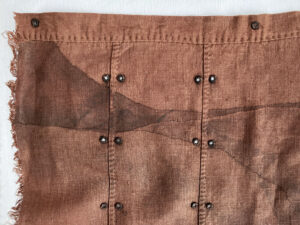
Sails, tarpaulins and nets are found all around the coast and I take inspiration from how they are made and used. Referencing traditional practices of waterproofing and preserving these utilitarian objects I evoke my surroundings using the materials and processes of the natural environment to create a connection between the world we live in, and the lives and actions of its inhabitants
The work in these images was inspired by a visit to the Grimsay Boat Haven in the Outer Hebrides where I saw old sails that had been dyed with cutch to preserve them from the effects of the weather. Cutch comes from the heartwood of the Acacia Catechu tree which grows in East Asia, India and other parts of Asia. It is a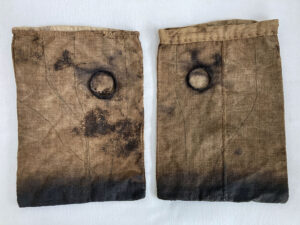
As well as cutch other tannin rich plants can be used and all around the world fishermen and sailors of the past have used various plants and barks to preserve and protect their sails and ropes. In the South Pacific mangrove tree bark was used, and in Newfoundland sailors and fishermen harvested and boiled their ropes and sails in birch bark.
I like to make work that connects to my environment and so as well as using cutch,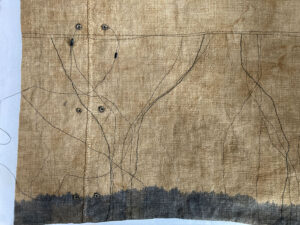
These images show small pocket like containers that have been bark tanned with both cutch and oak.
________________________________________

